Parterre gardens are level, symmetrical beds outlined by clipped hedges and separated by gravel paths, forming ornamental patterns meant to be admired from above. Originating in Renaissance Europe, they range from André Le Nôtre’s Baroque scrollwork at Versailles to contemporary grid layouts in compact modern backyards. Designers often choose traditional boxwood (Buxus sempervirens) or alternatives like Ilex crenata and Lonicera nitida to define crisp lines, while infill planting can include seasonal bulbs, vibrant bedding plants, culinary herbs, and pollinator-friendly perennials for year-round interest. Maintenance can range from meticulous clipping schedules to gravel bases for low-upkeep designs, or even portable container parterres for small patios. The following 25 parterre garden ideas illustrate how you can adapt this timeless style to suit various scales, plant palettes, and maintenance preferences.
1. Classic Boxwood and Tulip Parterre
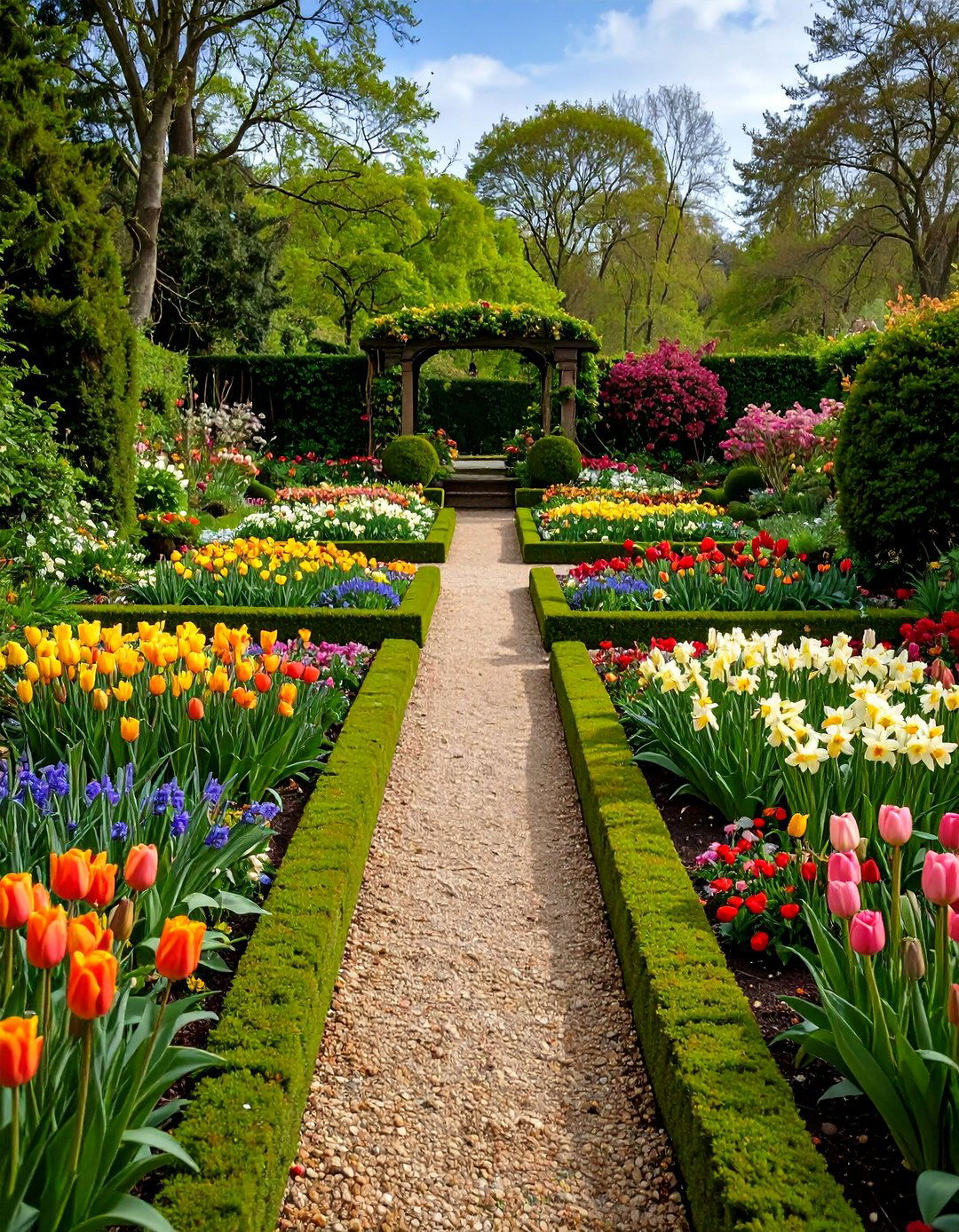
Using Buxus sempervirens hedges framing beds of seasonal bulbs like tulips and daffodils creates an iconic parterre layout reminiscent of formal estates such as Hampton Court and Versailles. To implement this design, sketch symmetrical beds on level ground, plant bulbs in alternating color schemes within the compartments, and install 6 – 8 inch boxwood hedges clipped to a uniform height for crisp structure. Gravel paths between beds not only facilitate maintenance but also emphasize the formal geometry of the parterre pattern.
2. Geometric Grid Parterre
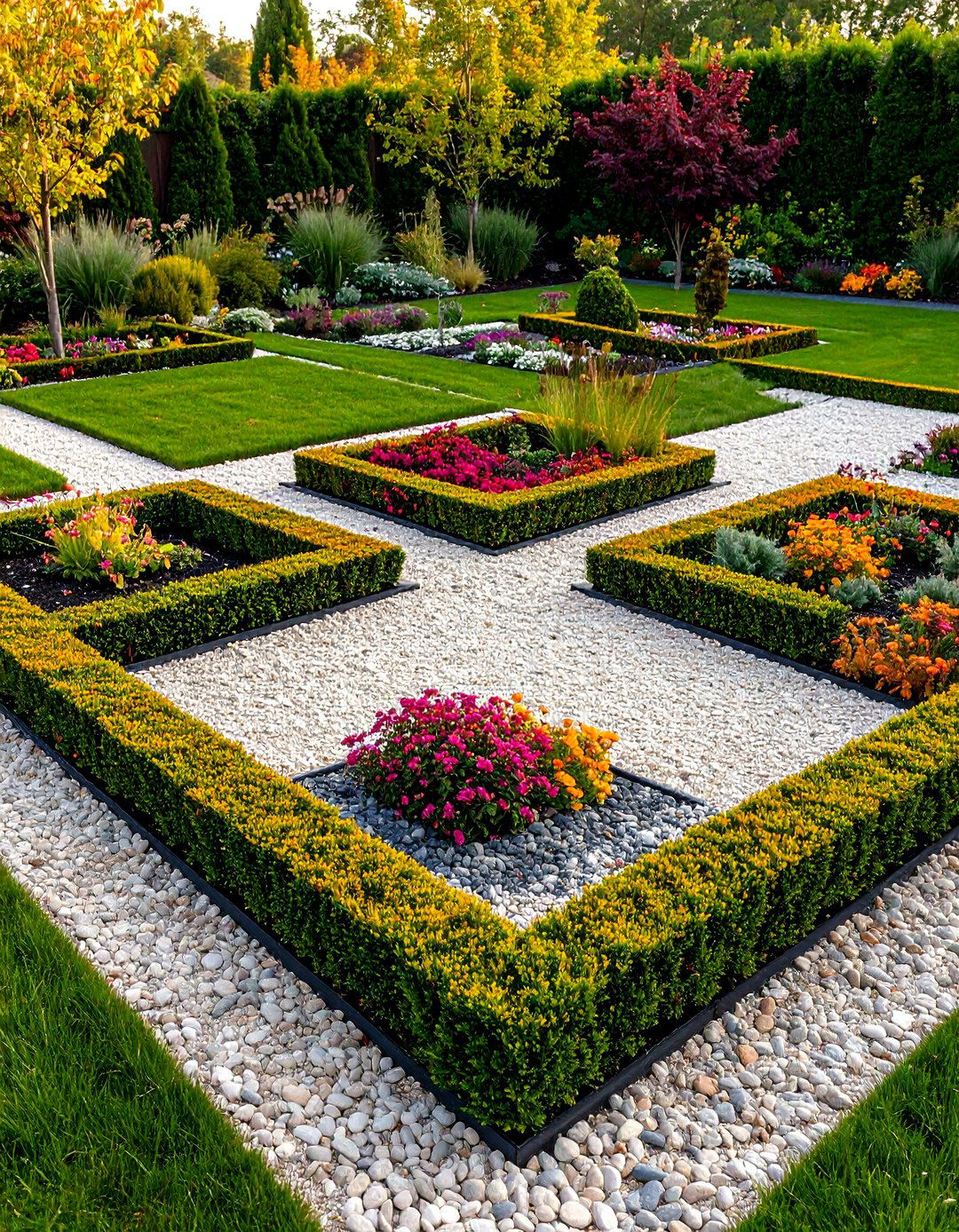
Adopt a modern grid layout of square or circular beds arranged in a simple repeating pattern to achieve a minimalist parterre that complements contemporary architecture. Define each module with low hedges or alternative borders, maintain consistent spacing, and choose contrasting materials — such as grass versus gravel — for a clean, structured effect.
3. Italian Renaissance Terraced Parterre
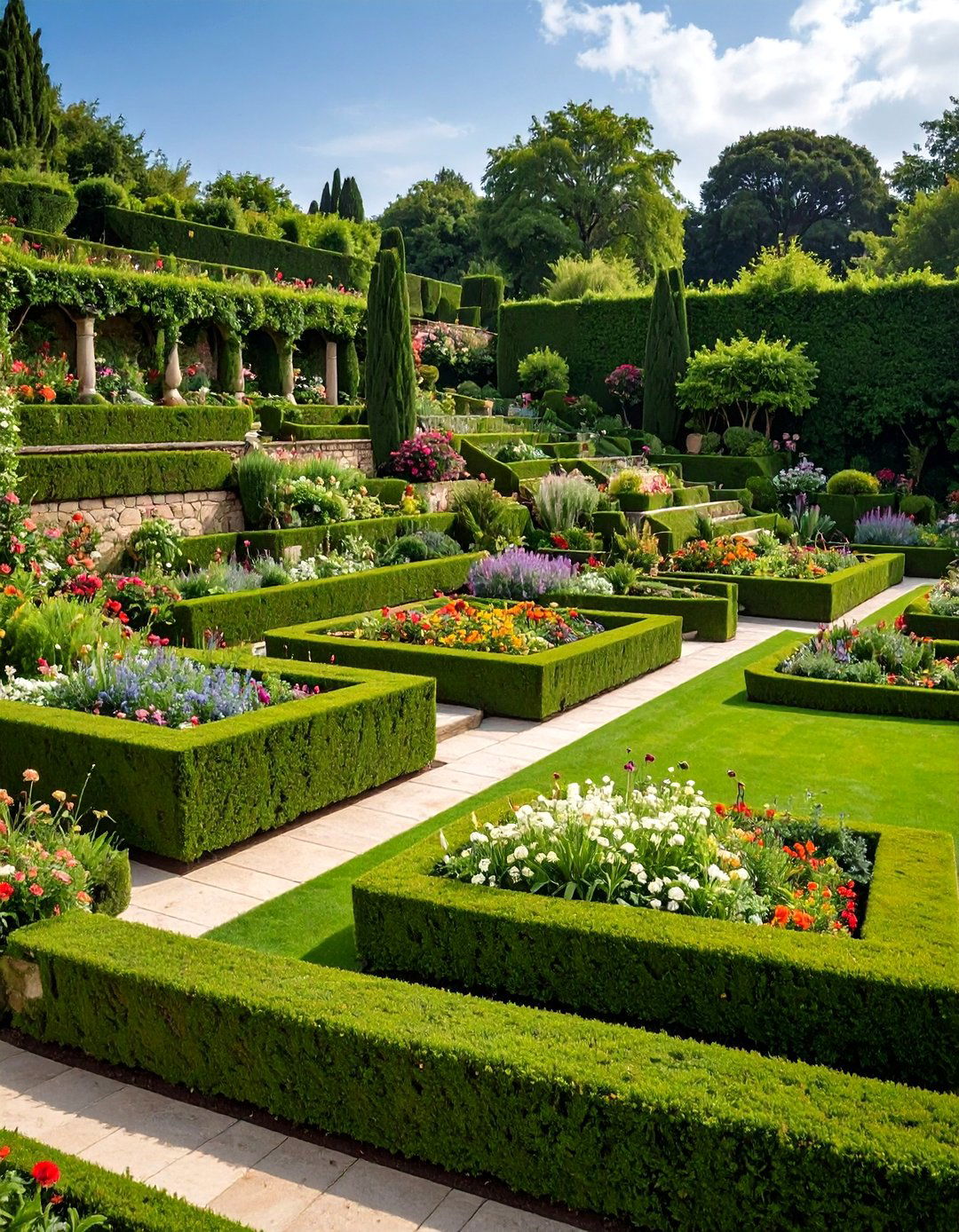
Borrow inspiration from the terraced parterres at Villa Lante, where square and rectangular beds cascade down a slope in formal symmetry, linking architectural levels with ornate plantings. To replicate this, use retaining walls or timber sleepers to create multiple tiers, border each terrace with clipped hedges, and infill with flowering plants or groundcovers that cascade to soften edges.
4. French Baroque Scrollwork Parterre
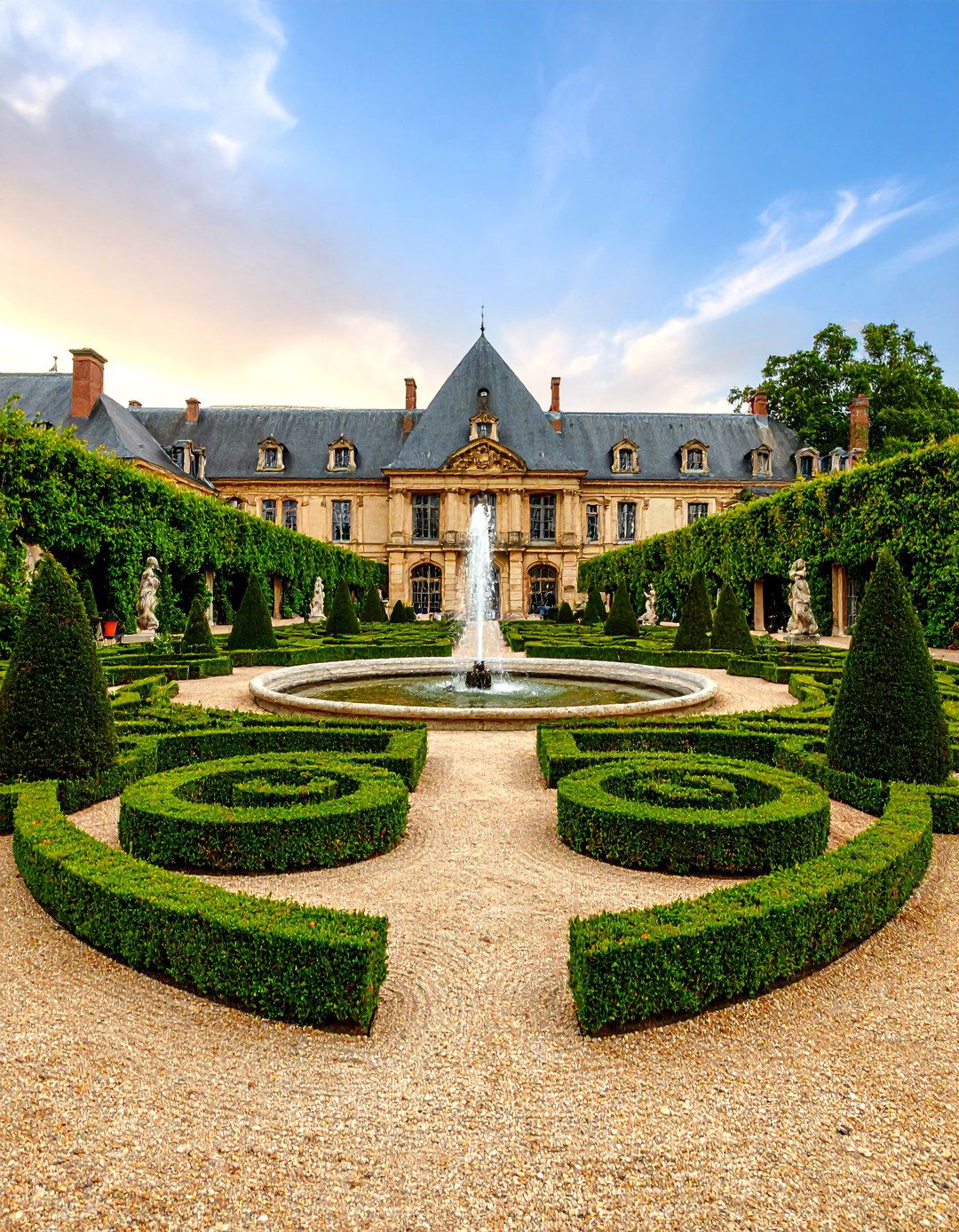
Channel the opulent scroll and arabesque motifs of French Baroque parterres like those at Vaux-le-Vicomte by tracing intricate patterns with chalk and edging with boxwood or Ilex crenata. Highlight the curves with contrasting gravel colors or low-growing groundcover, and punctuate junctions with statues, urns, or fountains for dramatic focal points.
5. English Sunken Parterre
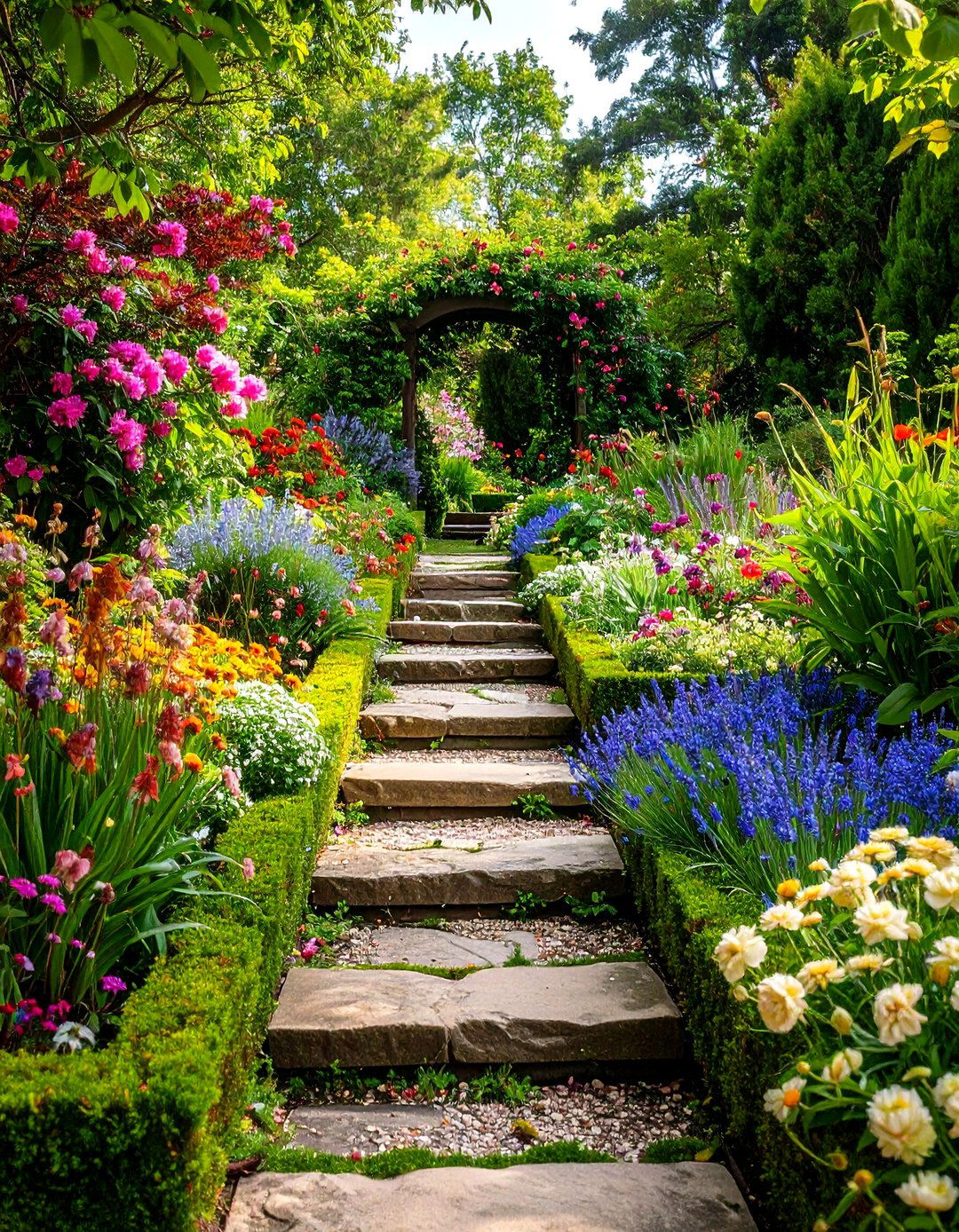
Emulate Kensington Gardens’ Sunken Garden by sinking parterre beds below the surrounding grade to create an intimate, sheltered formal space bordered by clipped yew or box hedges. Fill the lowered compartments with vibrant seasonal flowers or bedding plants, and frame the sunken area with stone steps or low walls for easy access and visual depth.
6. Moorish-Inspired Water Parterre
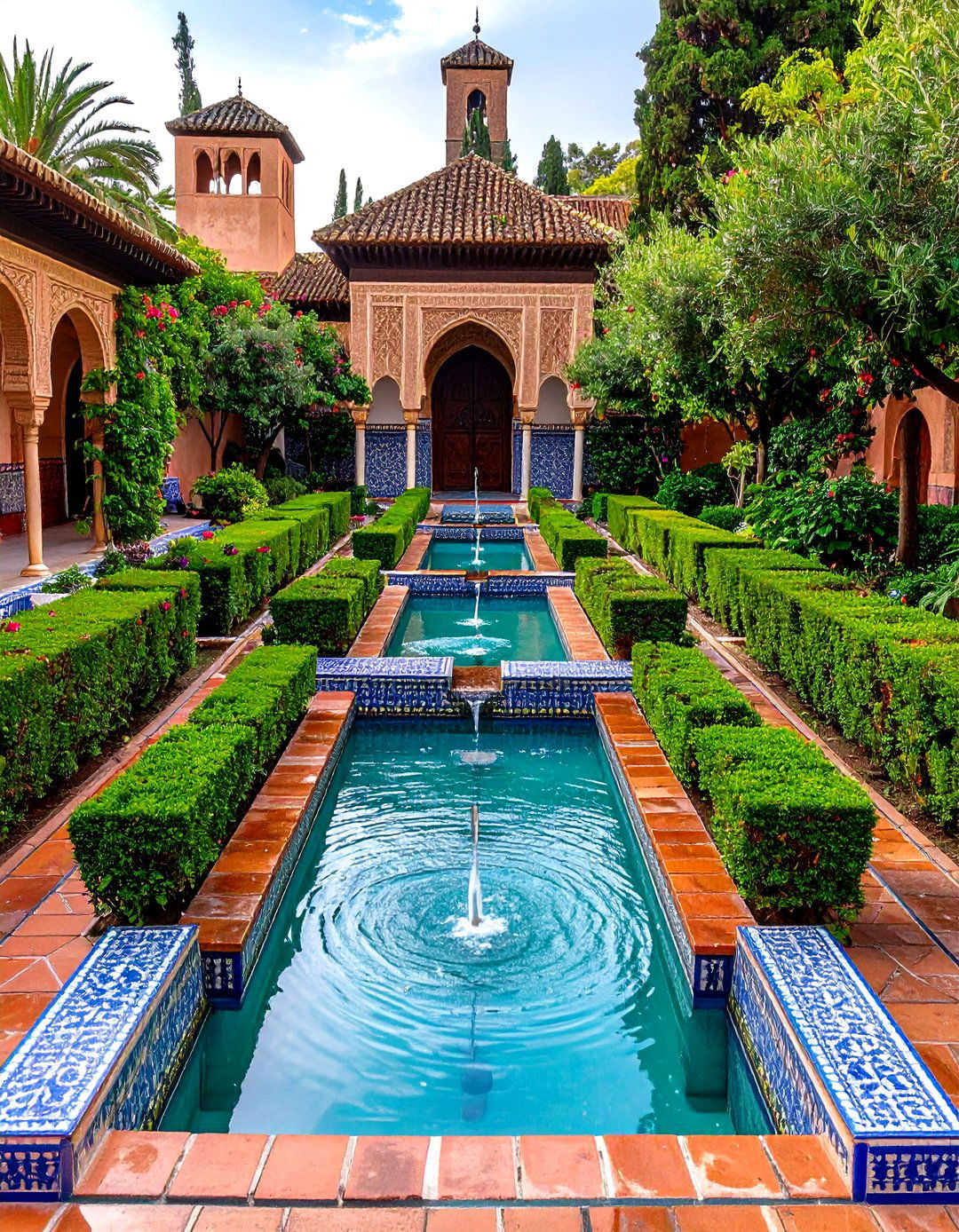
Draw from the Generalife Gardens at the Alhambra by integrating water channels that intersect geometric beds, using fountains and reflective pools to echo Moorish design principles. Outline channels with clipped hedges and line paths with ceramic tiles or colorful gravel to evoke the intricate tilework, balancing plantings of drought-tolerant Mediterranean species.
7. Courtyard Walled Parterre
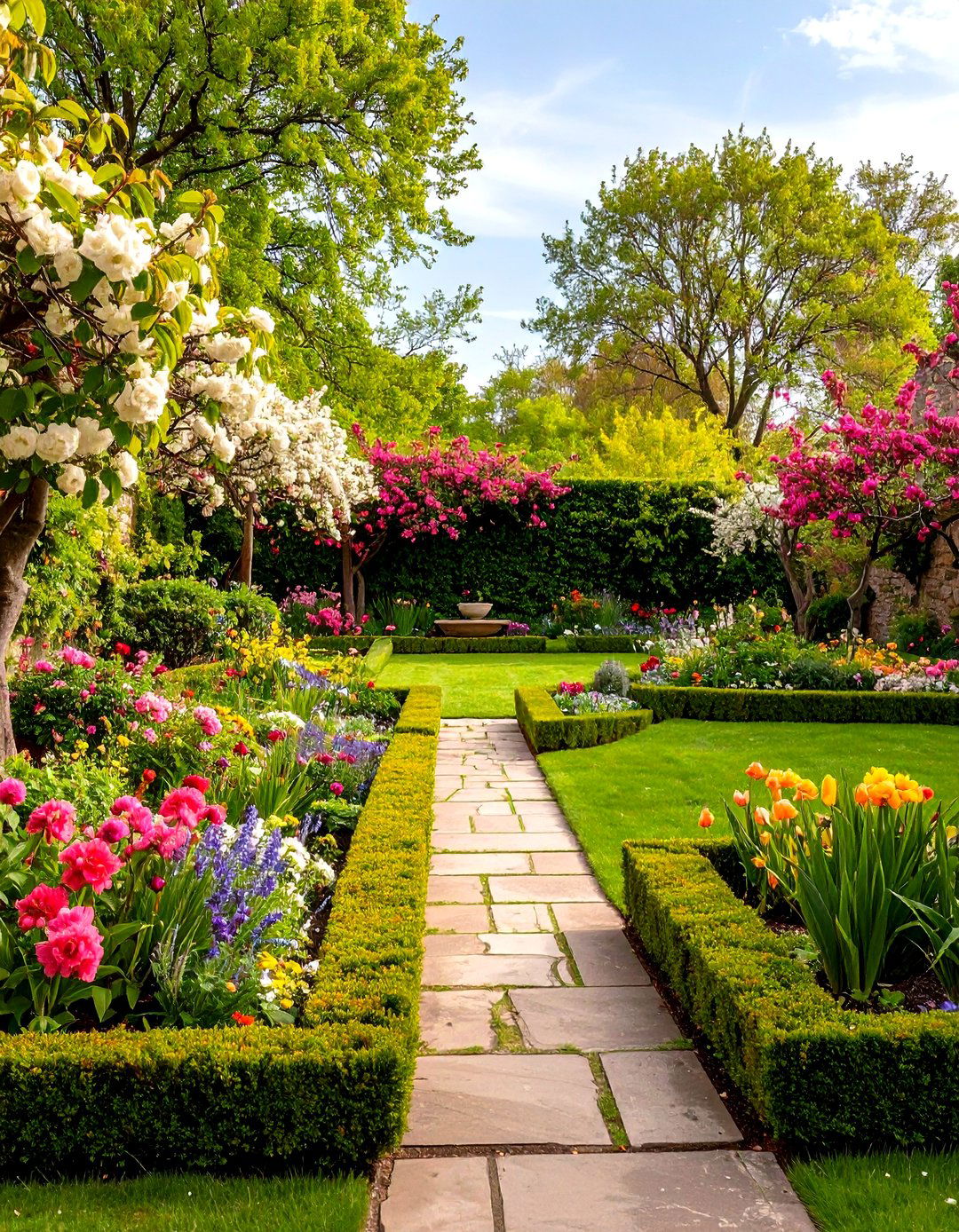
Install a parterre within a walled courtyard to create a secluded retreat where formal patterns are framed by enclosing walls. Use clipped hedges to define the beds, add climbing vines or espaliered fruit trees on the walls, and select compact companion plantings that thrive in the resulting microclimate.
8. Knot Garden Parterre
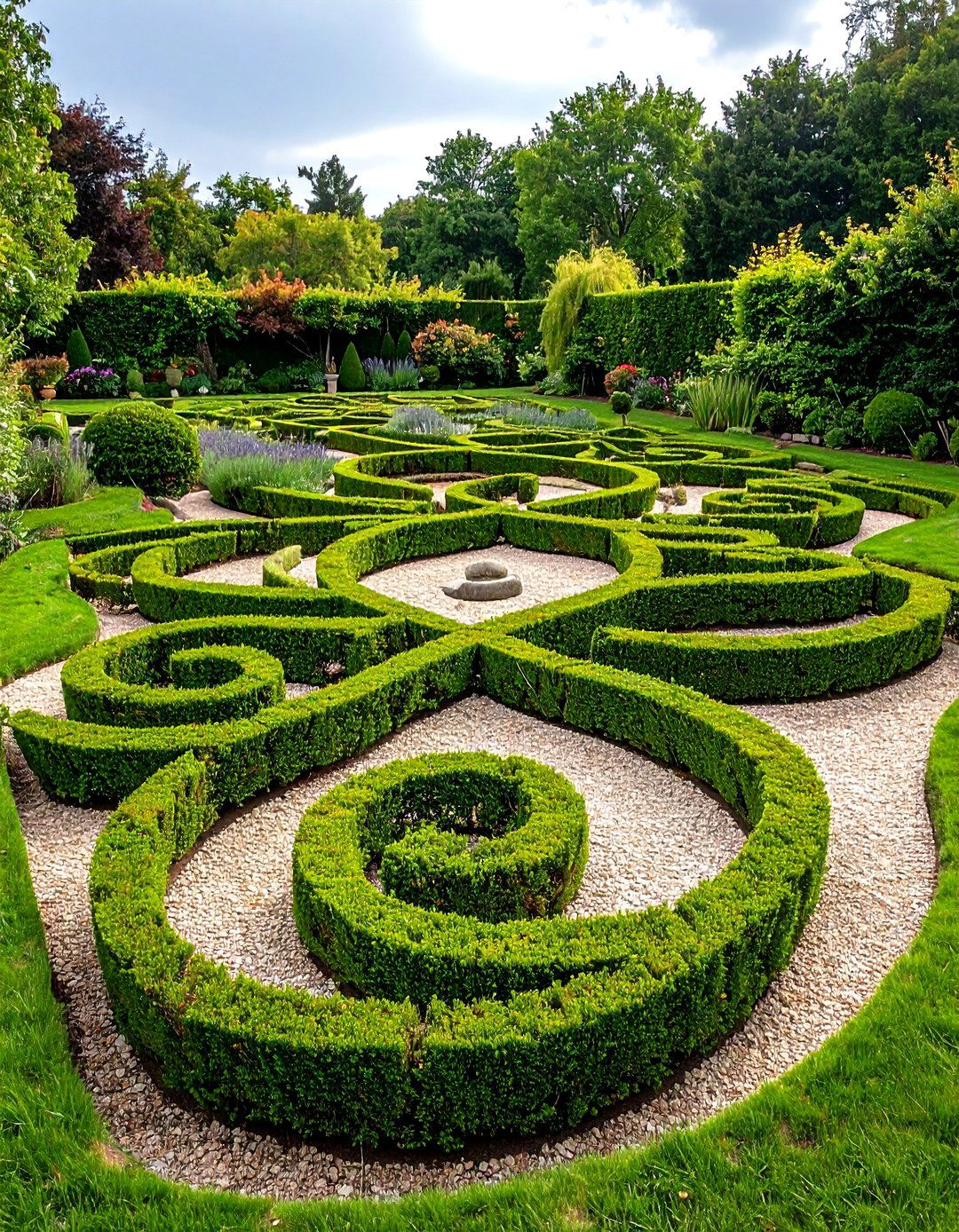
Combine the intricate bed patterns of a knot garden with parterre formality by weaving low hedges such as box, thyme, or lavender into interlocking designs set within a framed border. Fill the negative spaces with fine gravel or colorful flowering plants to contrast with the clipped hedges and accentuate the knot’s complexity.
9. Floral Bedding Parterre

Adopt the Victorian tradition of bedding out parterres by planting seasonal annuals — like petunias, pelargoniums, and verbenas — within clipped hedges for bold color displays that can be refreshed multiple times a year. Plan color schemes in blocks or ombré patterns, and replace spent bedding quickly to maintain the parterre’s vibrant, dynamic appeal.
10. Herb and Aromatic Parterre
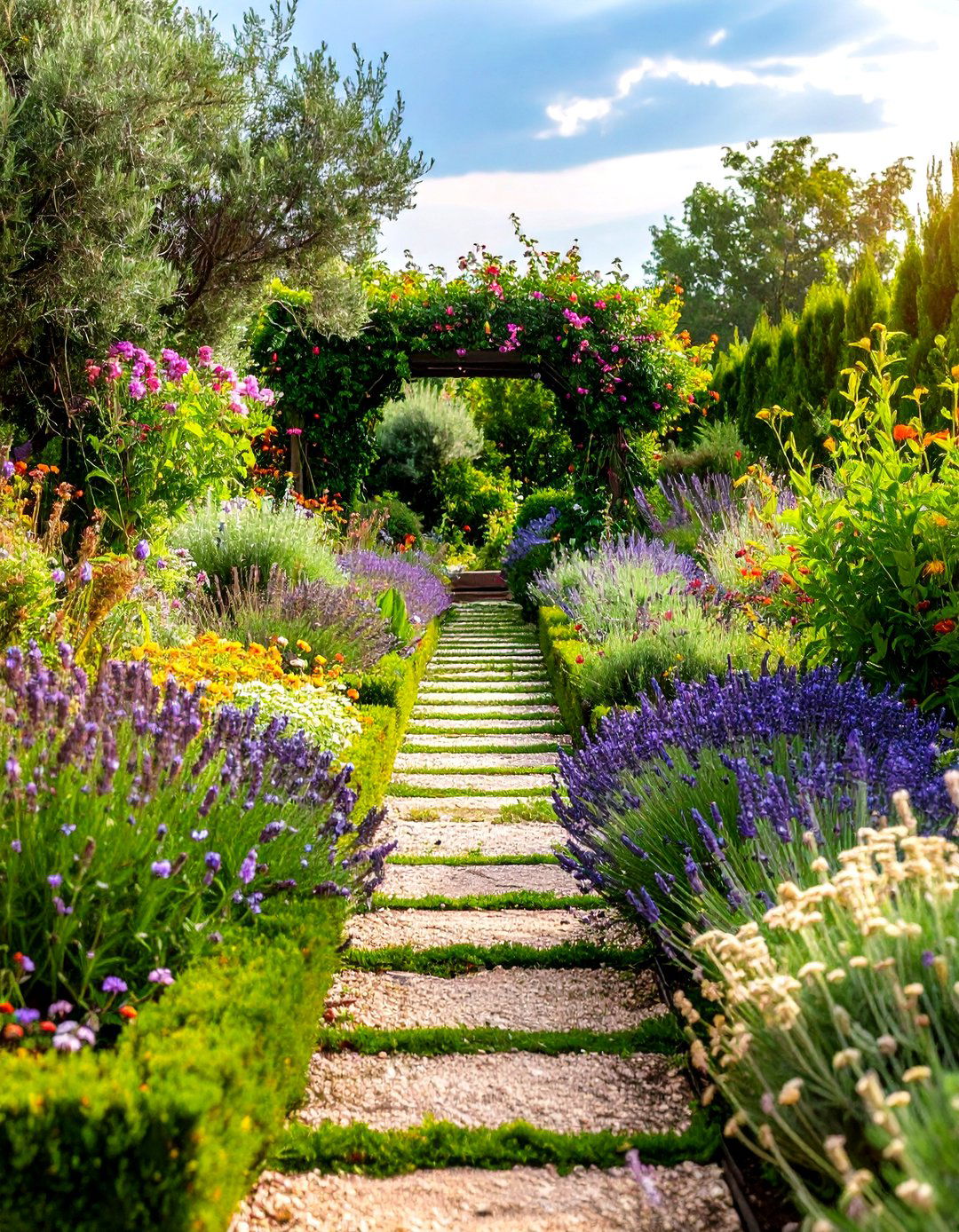
Infuse culinary and sensory value into a parterre by planting aromatic herbs such as rosemary, thyme, sage, and lavender in the compartments defined by formal hedges. This approach ensures year-round fragrance and easy access to fresh herbs, and planting silver-foliaged lavender varieties adds both texture and scent near seating areas.
11. Seasonal Switch-Out Parterre
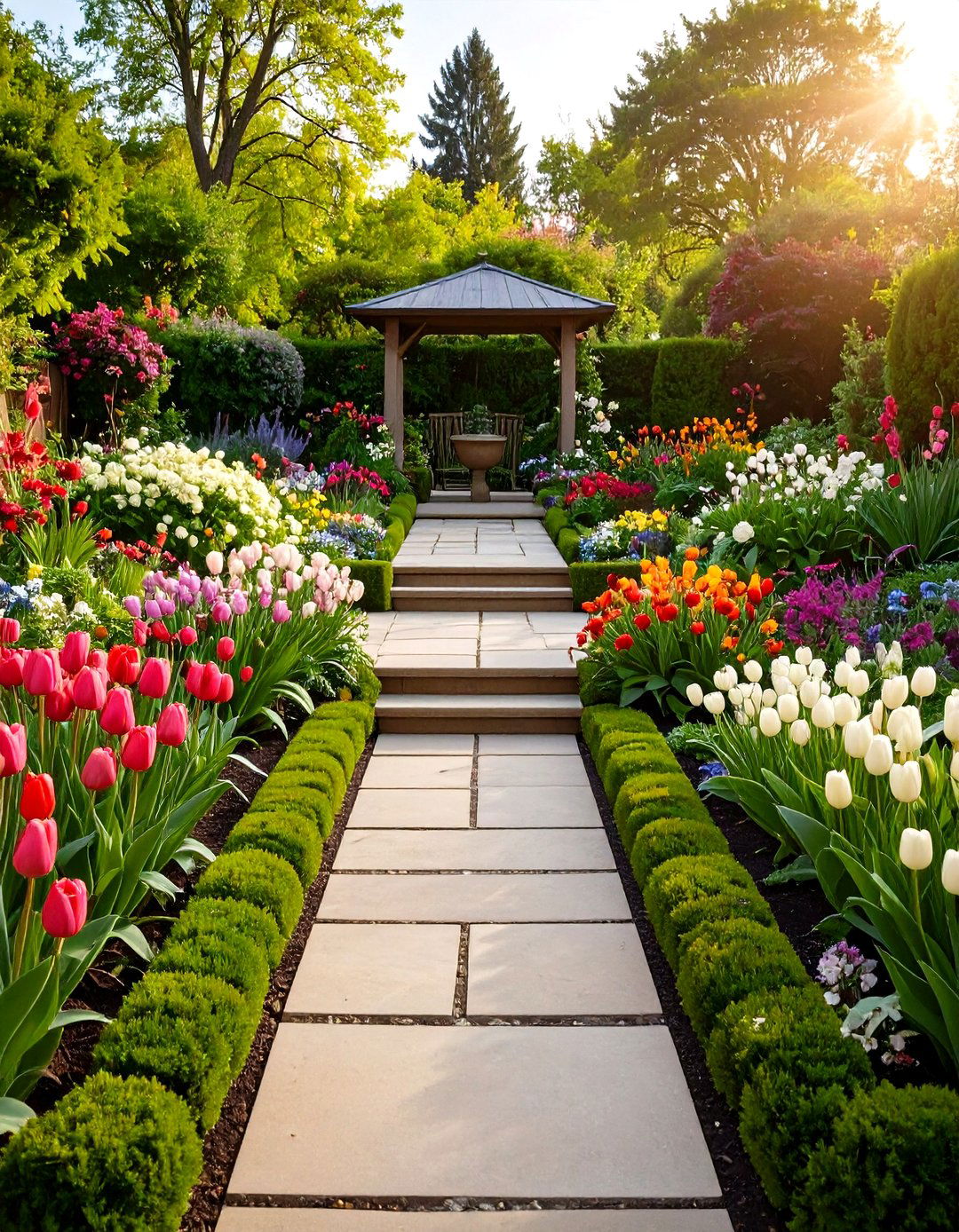
Design parterre beds for easy seasonal rotation by using infill plantings such as hellebores in winter, tulips in spring, geraniums in summer, and asters in autumn to ensure year-round interest. To streamline changeovers, plant bulbs in removable frames or containers and swap bedding plants efficiently as each season ends.
12. Fragrant Lavender Parterre
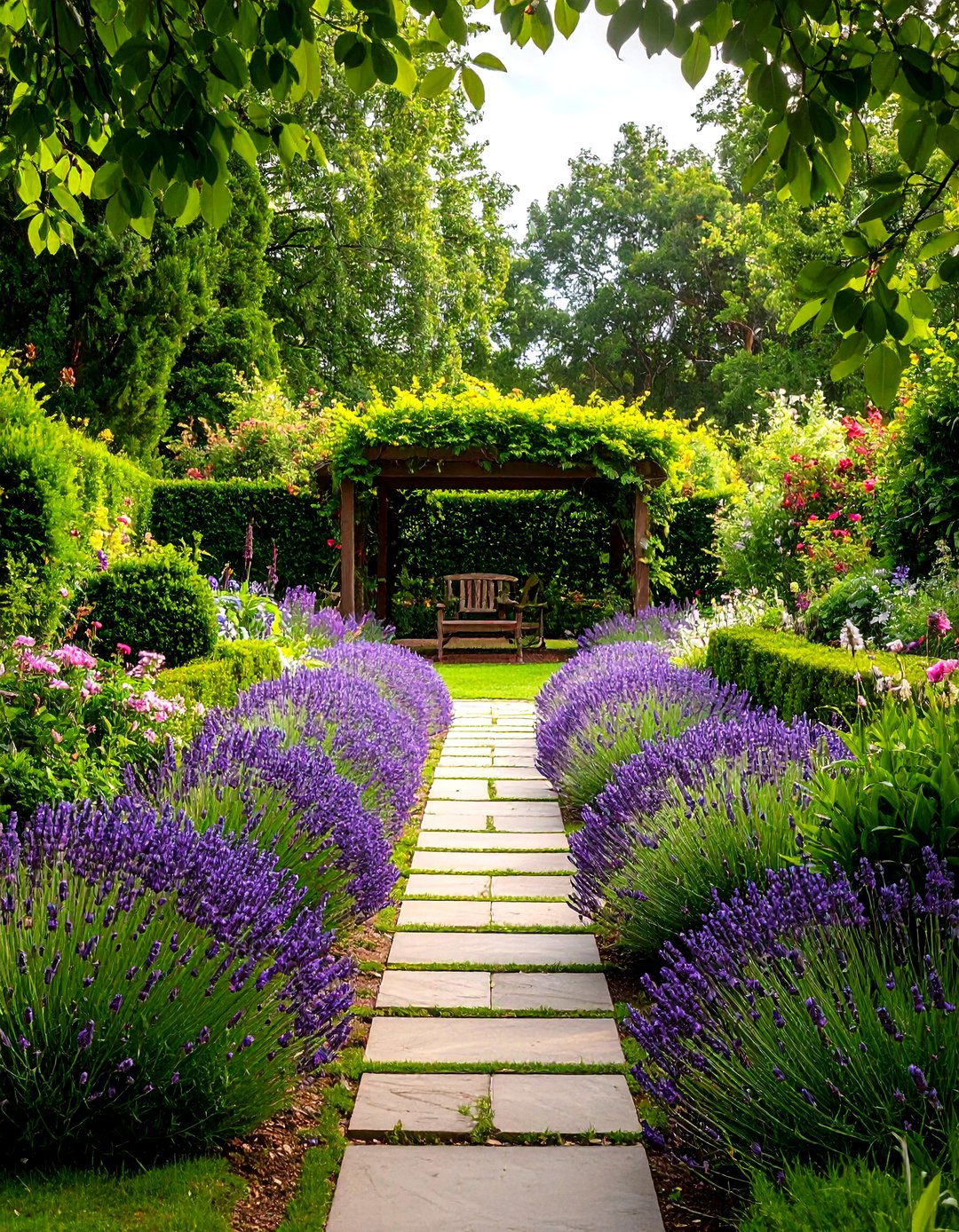
Center a parterre around lavender varieties like Lavandula angustifolia ‘Munstead’ or ‘Hidcote’ to fill the air with scent and introduce silver foliage contrast within clipped hedge borders. Combine lavender with complementary aromatic plants — such as Catmint (Nepeta) or Santolina — in adjacent beds to create a cohesive sensory experience.
13. Wildlife-Friendly Pollinator Parterre
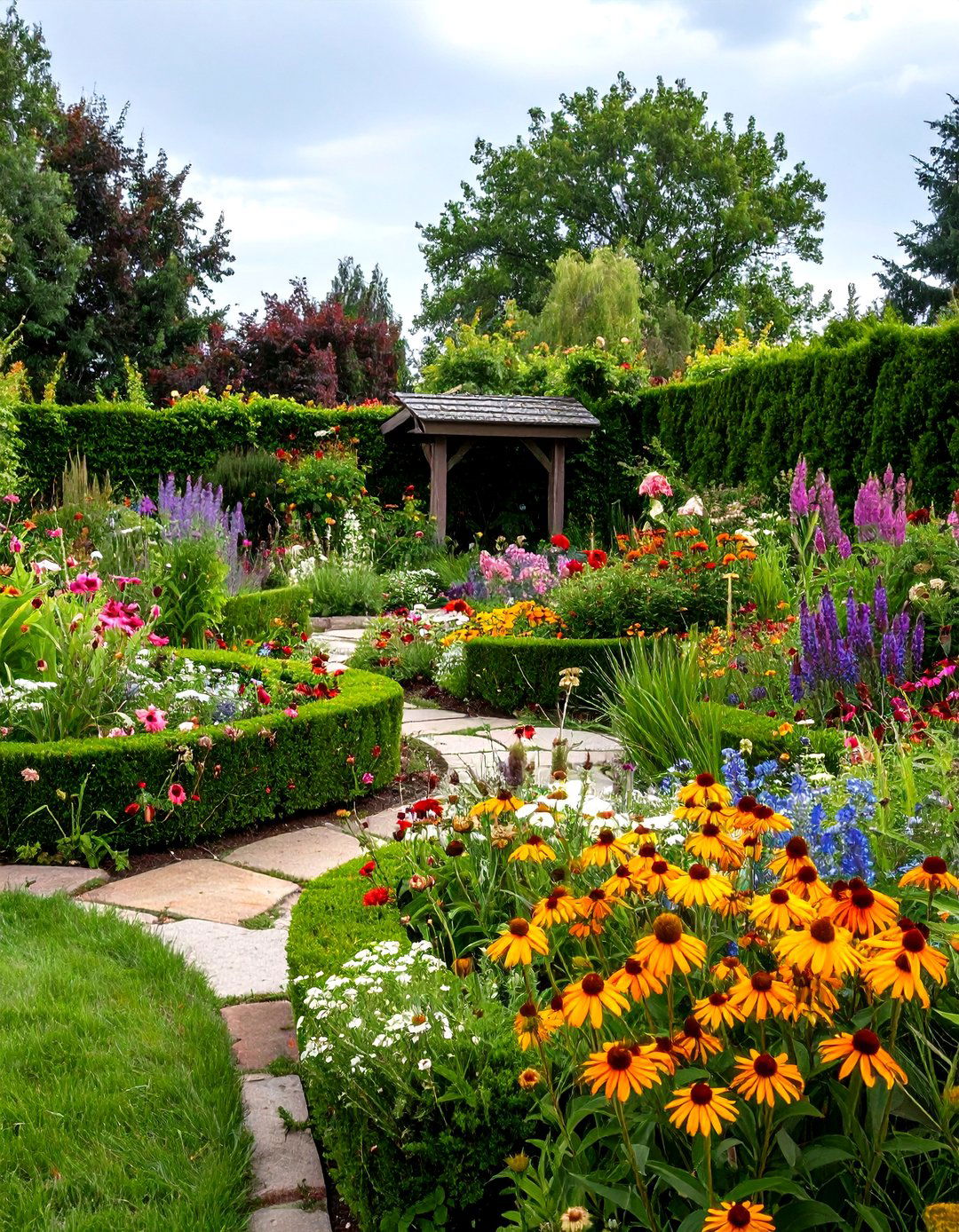
Support biodiversity by planting pollinator-attracting perennials — like echinacea, verbena, and salvias — inside formal parterre beds to create a haven for bees and butterflies. Space flowering plants to allow airflow, include water sources such as shallow bowls, and avoid pesticides to encourage healthy pollinator visitation.
14. Low-Maintenance Gravel Parterre
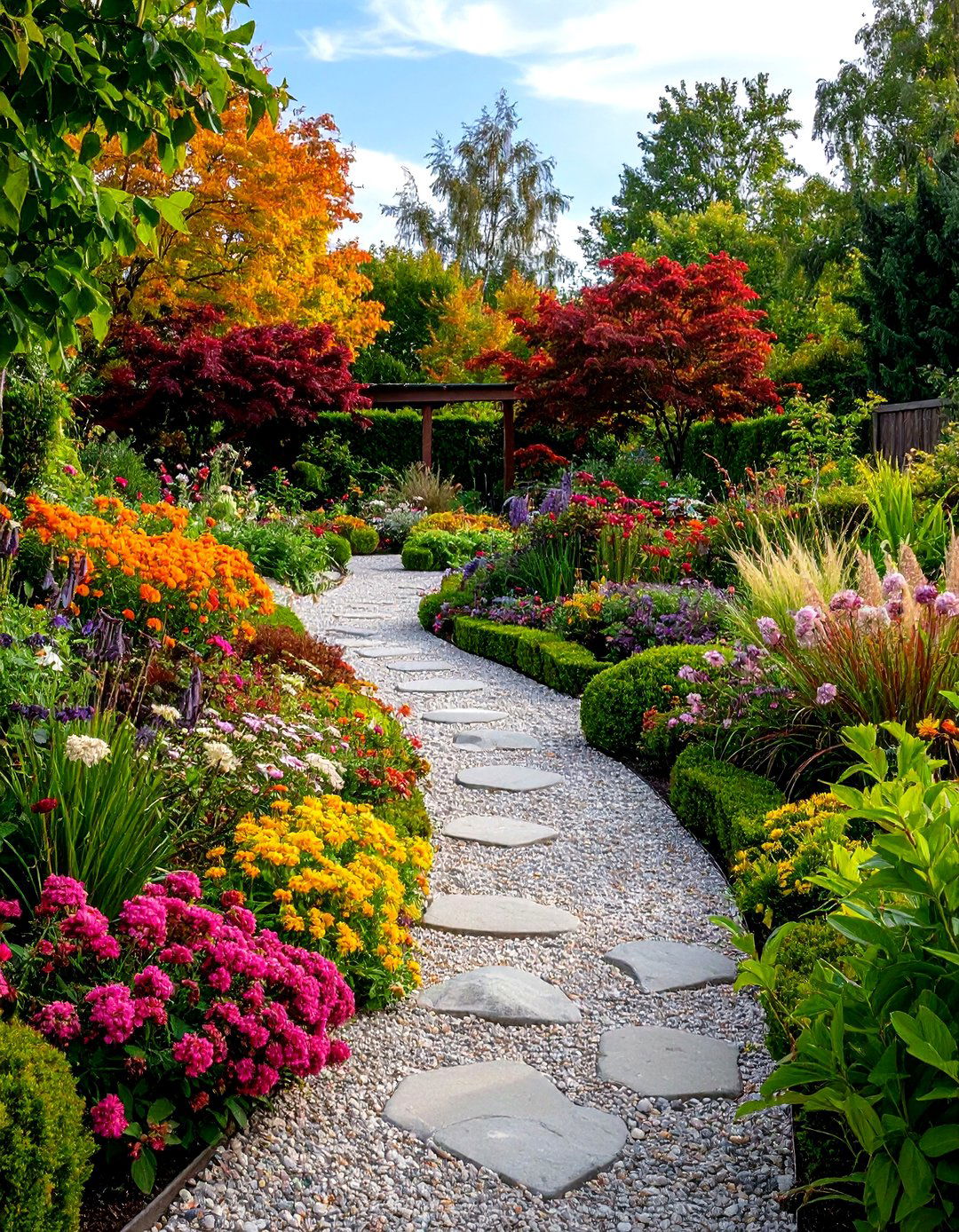
Opt for a minimalist parterre with clipped hedges and a gravel infill, eliminating the need for frequent planting or weeding and achieving a clean, architectural look. Use bonded gravel pathways to suppress weeds, facilitate drainage, and provide a smooth, sweepable surface that highlights the parterre geometry.
15. Alternative Hedge Parterre
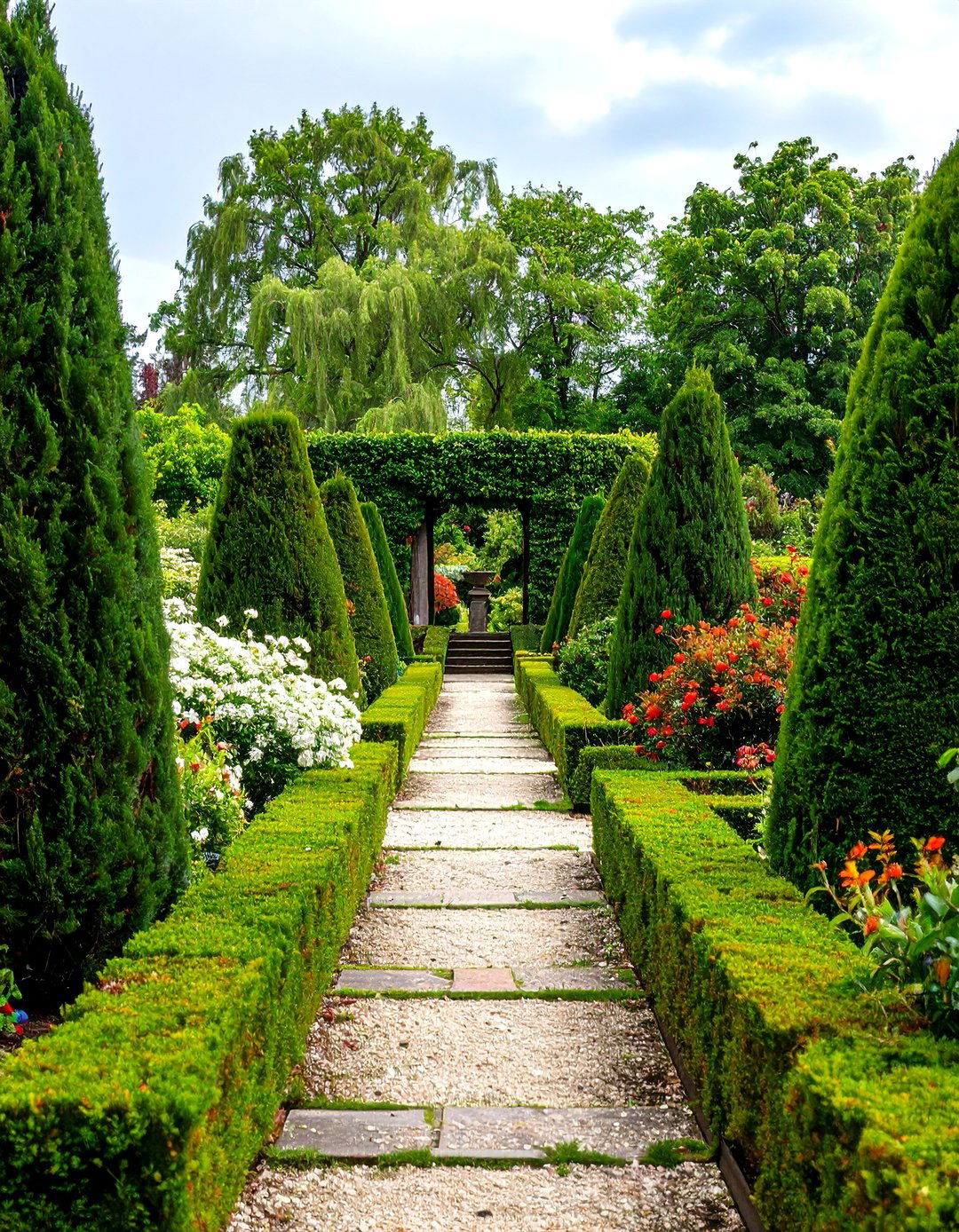
Replace vulnerable boxwood with disease-resistant alternatives like Ilex crenata, Taxus baccata, Osmanthus, or Lonicera nitida for a lush, evergreen parterre framework. Select compact cultivars suited to your climate, and maintain uniform clipping intervals to preserve crisp bed definitions.
16. Topiary Accent Parterre
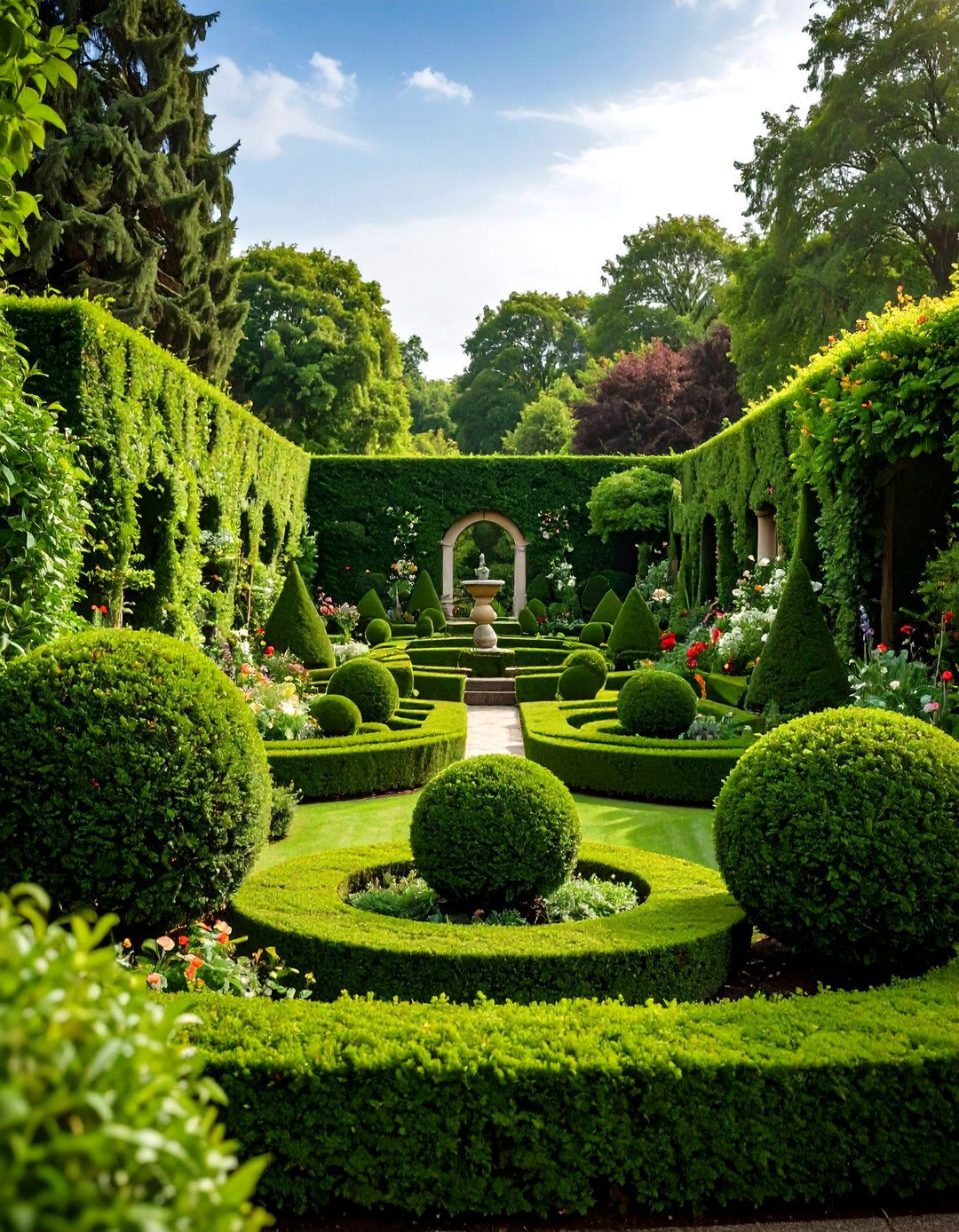
Add sculptural topiary elements — such as balls, pyramids, or cloud-pruned mounds — at the intersections or corners of parterre beds to introduce vertical punctuation and classical elegance. Choose shapes and sizes that harmonize with the overall pattern, and locate them where they draw the eye or frame viewpoints from seating areas.
17. Mirror Pond Parterre
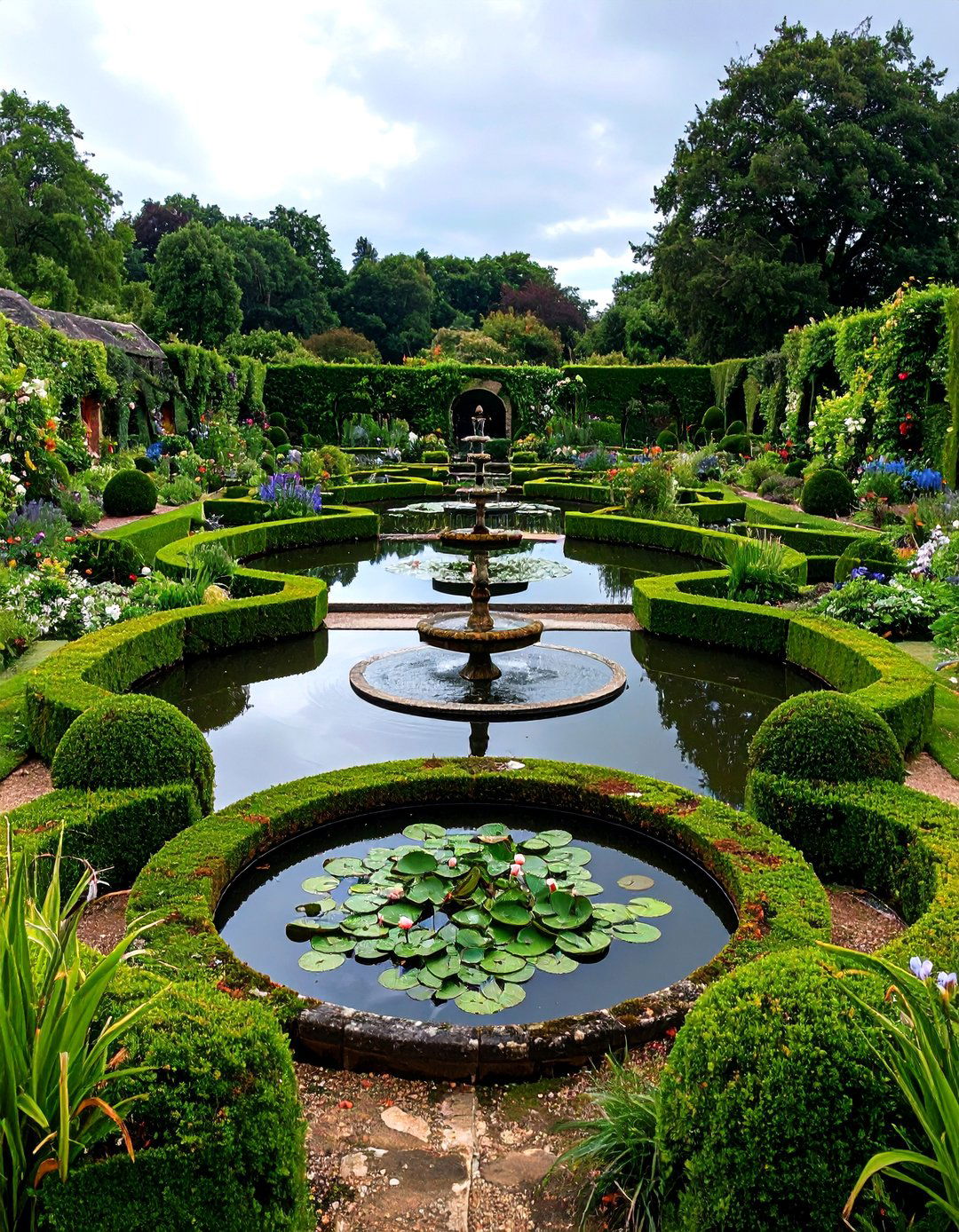
Incorporate a shallow mirror pond or reflective basin at the center of a parterre to double the visual effect of symmetric hedges and plantings while adding a water feature. Ensure the pond’s edges are framed by clipped hedges or tiles to maintain the formal geometry and achieve seamless integration with the pattern.
18. Water Channel Charbagh Parterre
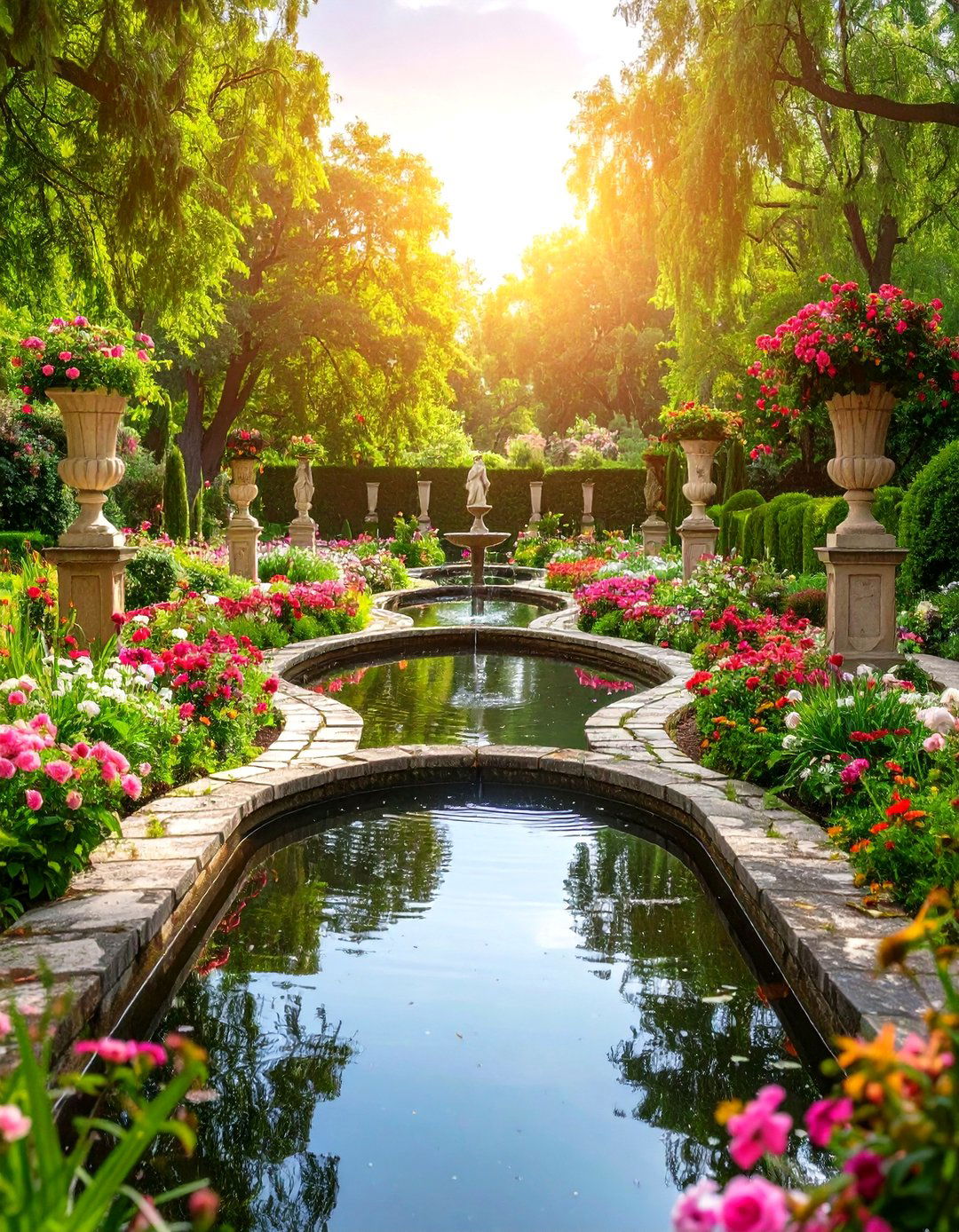
Integrate narrow water channels that bisect parterre beds, emulating the Persian-charbagh style seen at the Taj Mahal which divides gardens into quadrants with flowing water. Line channels with stone or tile, and plant beds with regal statuary or aromatic blooms to heighten the sense of tranquility and order.
19. Terraced Slope Parterre
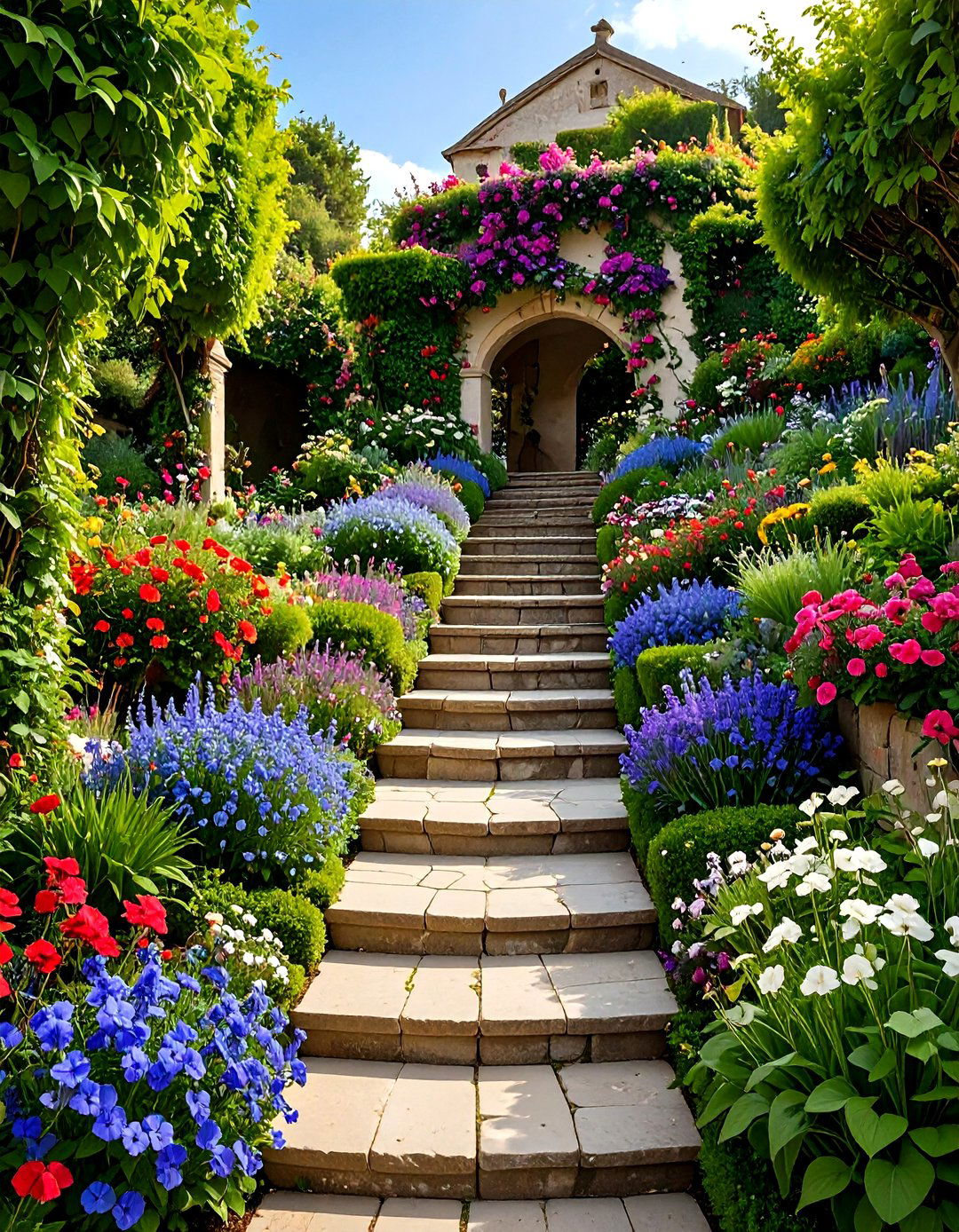
On sloping sites, create a series of descending parterre terraces that step down the gradient, maintaining level beds at each tier and framing them with hedges or retaining walls. Combine evergreen hedging at tier edges with cascading plantings — such as trailing lobelia or violets — to soften transitions and unify the levels.
20. Container and Potted Parterre

Draw parterre patterns on a paved patio or deck with chalk and fill the drawn ‘beds’ using containers and pots arranged to mimic formal compartments, as shown in courtyard parterre hacks. Place taller plants or urns centrally within each container grouping, and leave walking spaces between clusters to replicate gravel paths.
21. Modern Minimalist Parterre
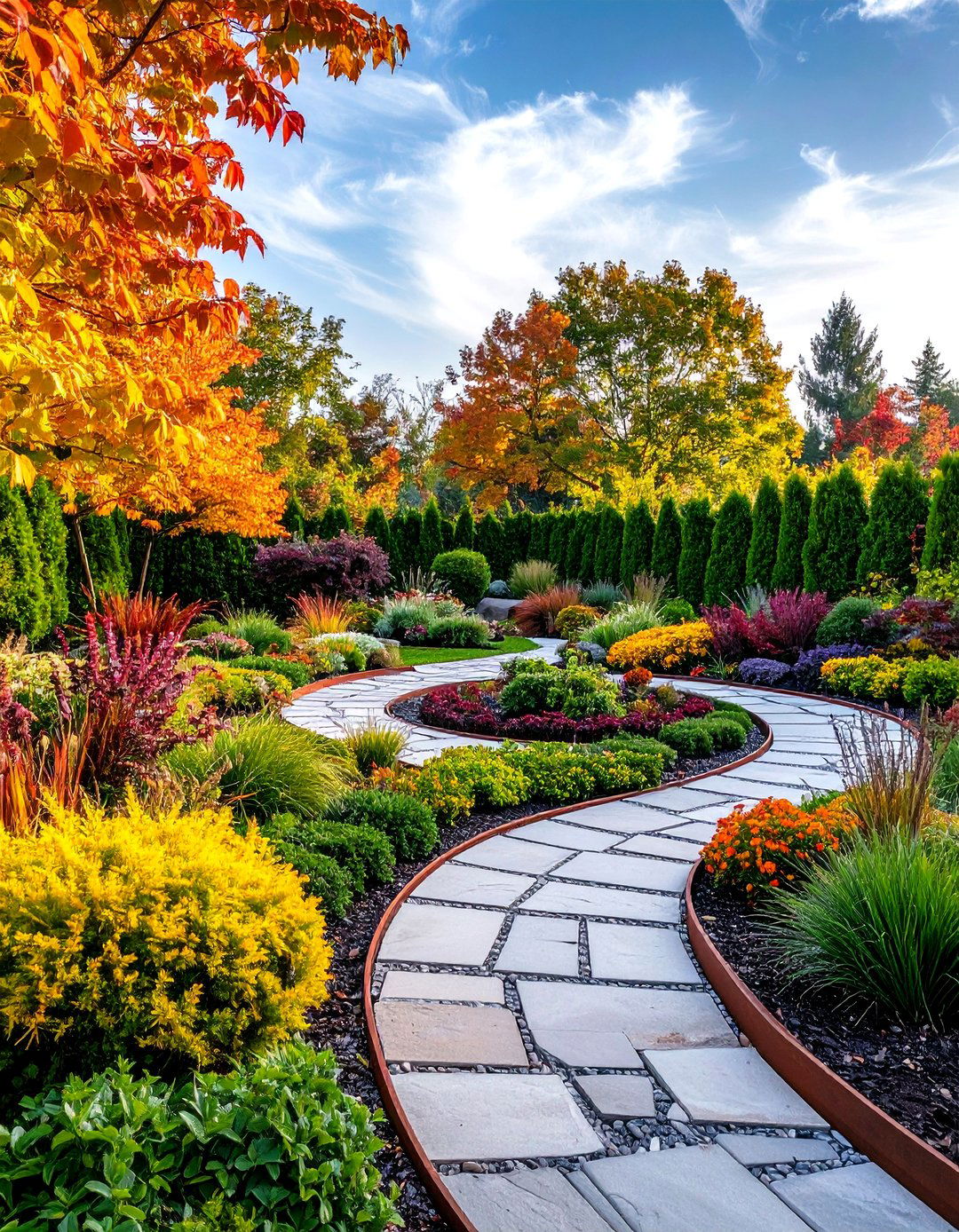
Focus on simplicity by using monochromatic plant palettes — such as all-white flowers or green foliage — and minimal hardscape materials to emphasize clean lines and repetition. Pair linear hedges with large-format pavers or Corten steel edging for an industrial-chic contrast that underscores the contemporary formal theme.
22. Edible Vegetable Parterre
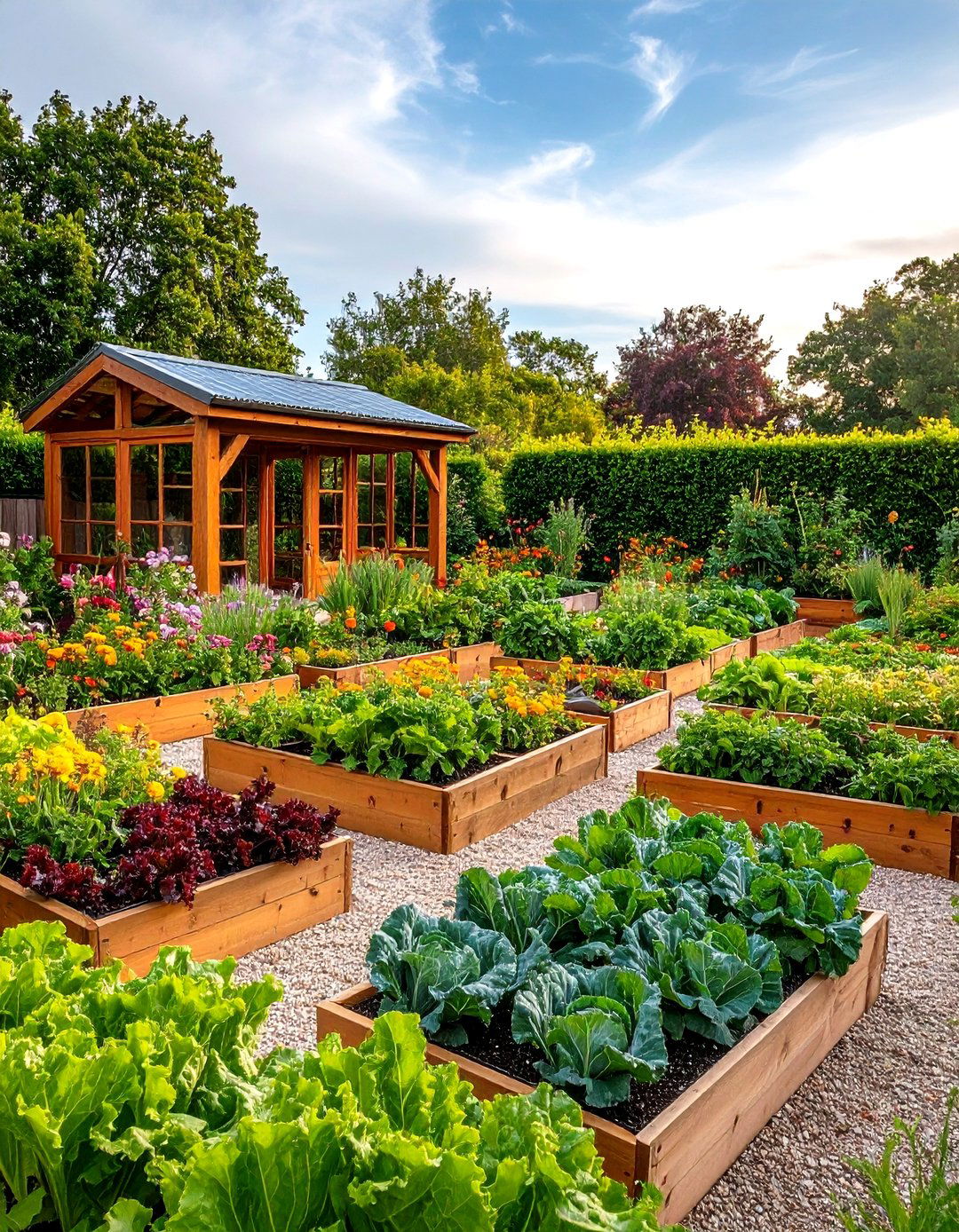
Combine ornamental form with function by planting compact vegetables — like lettuce, kale, and Swiss chard — in geometrically arranged beds defined by hedges to create an edible parterre. Use alternating colors of greens and purples to create visual interest, and harvest edges regularly to maintain the formal outlines.
23. Cottage Garden Parterre
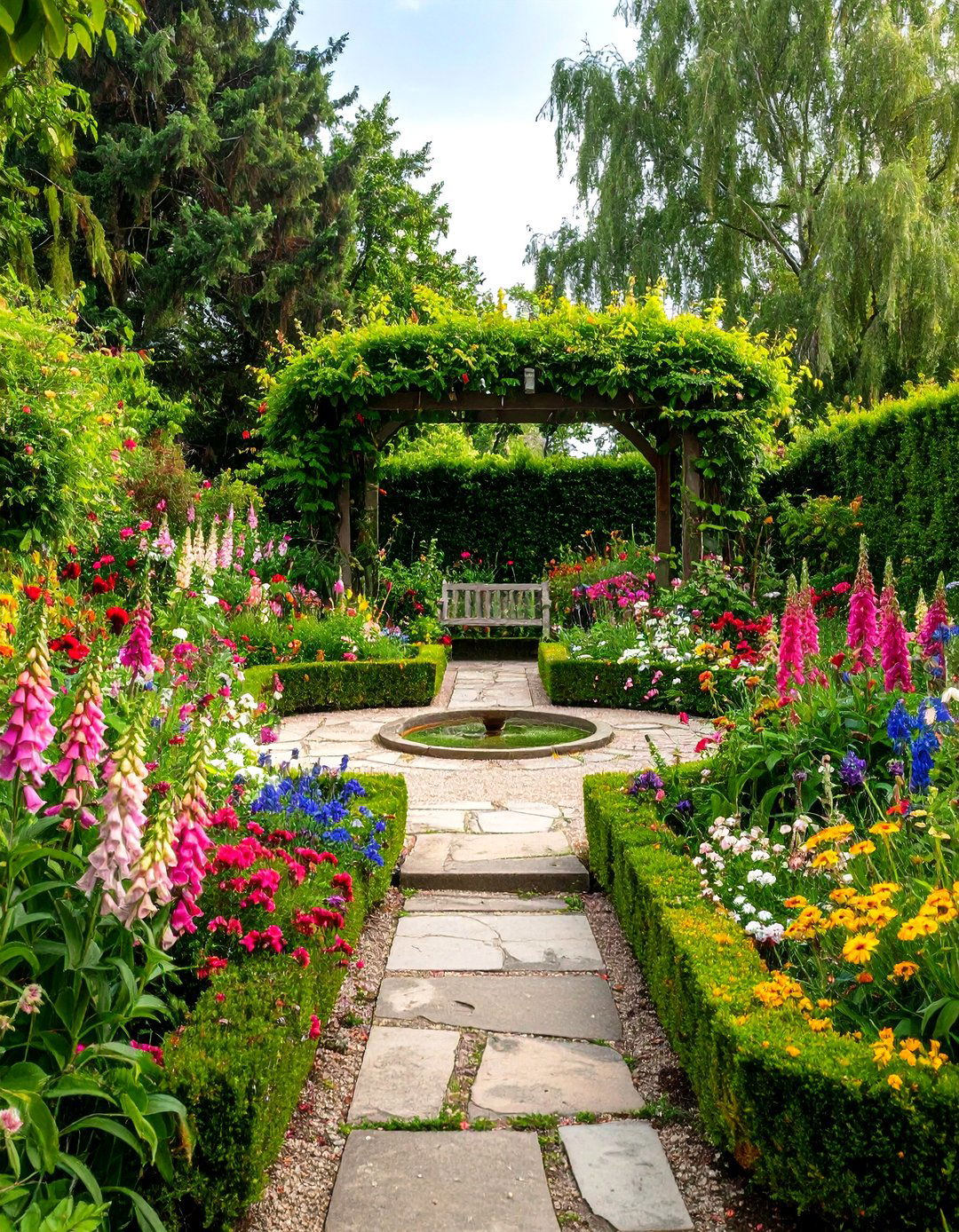
Blend formal parterre structure with cottage garden charm by planting loose drifts of perennials — such as foxgloves, delphiniums, and sweet peas — inside clipped hedges for a romantic, informal twist. Allow some plants to spill over the hedges to soften edges and introduce a relaxed, colorful aesthetic.
24. Tropical Fusion Parterre
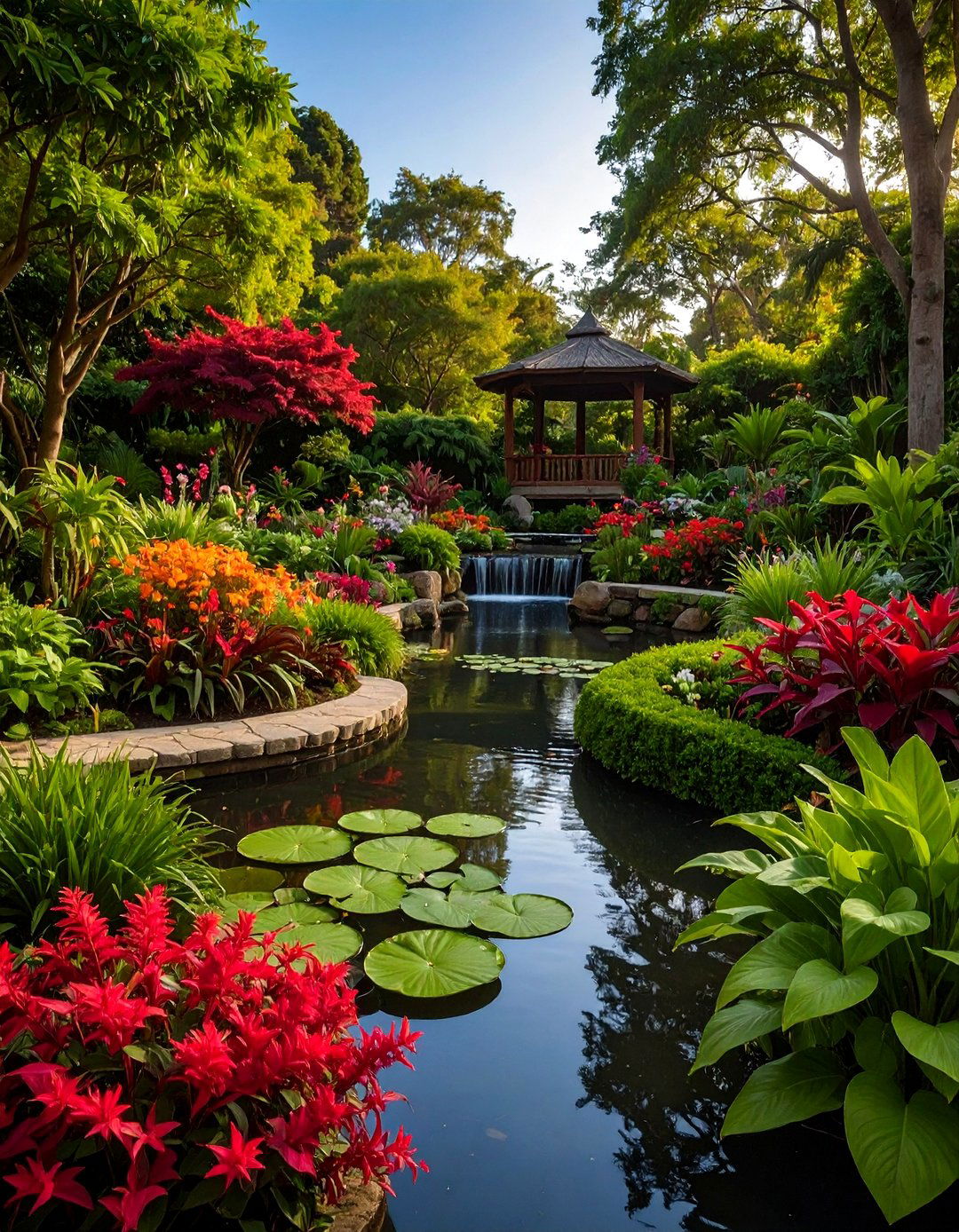
Adapt parterre formality to tropical settings by using low hedges of compact tropical shrubs — such as ixora or croton — and infilling beds with lush foliage plants like hostas or caladiums that thrive in heat and humidity. Incorporate bold-leaved accents and water features to complement the exotic plant palette and maintain the parterre’s structured appeal.
25. Mughal Charbagh-Inspired Four-Quadrant Parterre
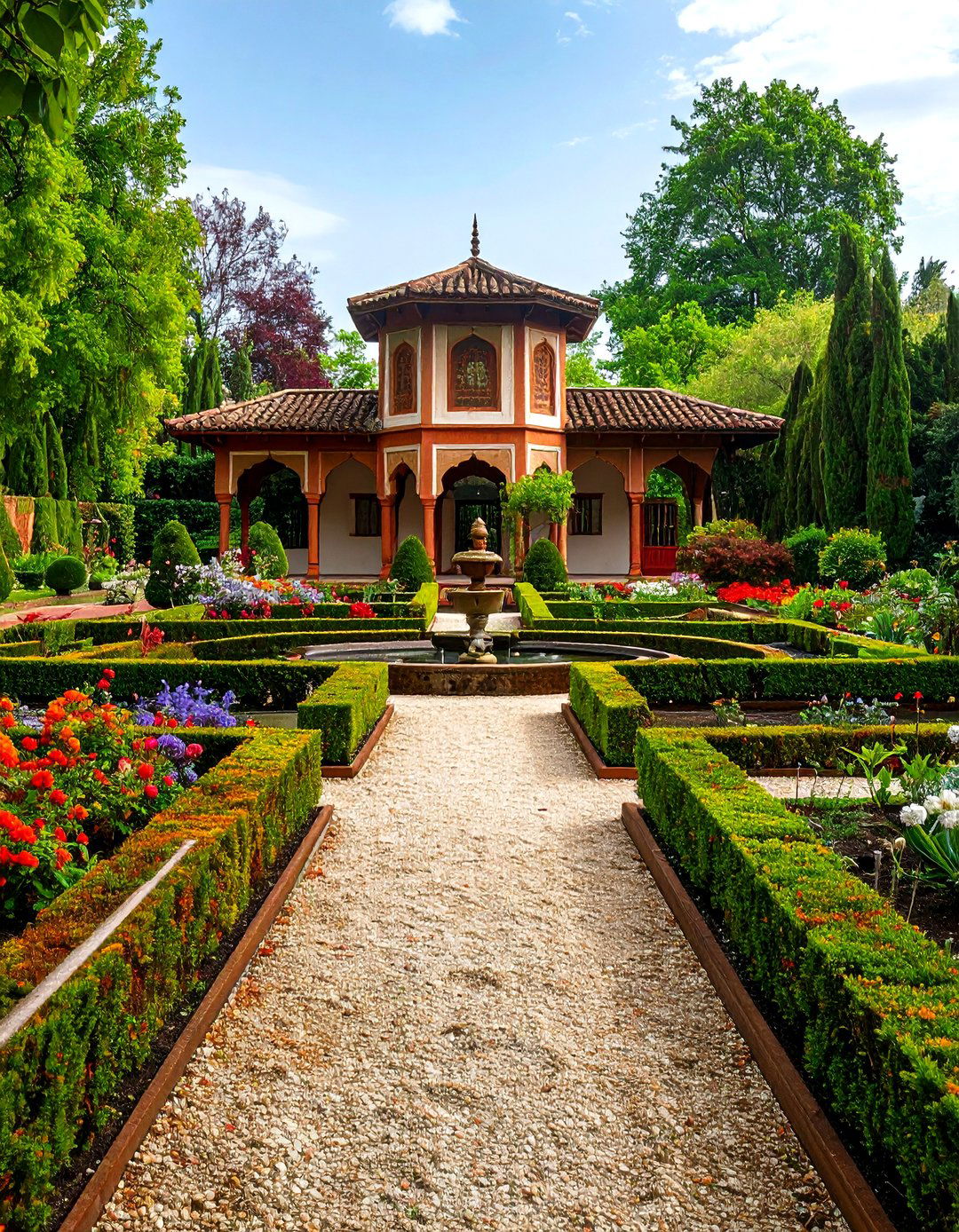
Reimagine the Mughal charbagh by dividing a formal parterre into four quadrants with intersecting water channels or gravel walks, echoing the symmetry of the Taj Mahal gardens. Plant each quadrant with distinct yet harmonious color palettes — such as pastel blooms in one and aromatic herbs in another — to create a dynamic yet unified design.
Conclusion:
Parterre gardens offer timeless elegance and structural precision that can be tailored to any setting. By selecting appropriate hedge species, infill plantings, and design motifs — ranging from historic Baroque scrollwork to contemporary minimalist grids — you can craft a personalized parterre that blends formal geometry with your own plant preferences and maintenance style.



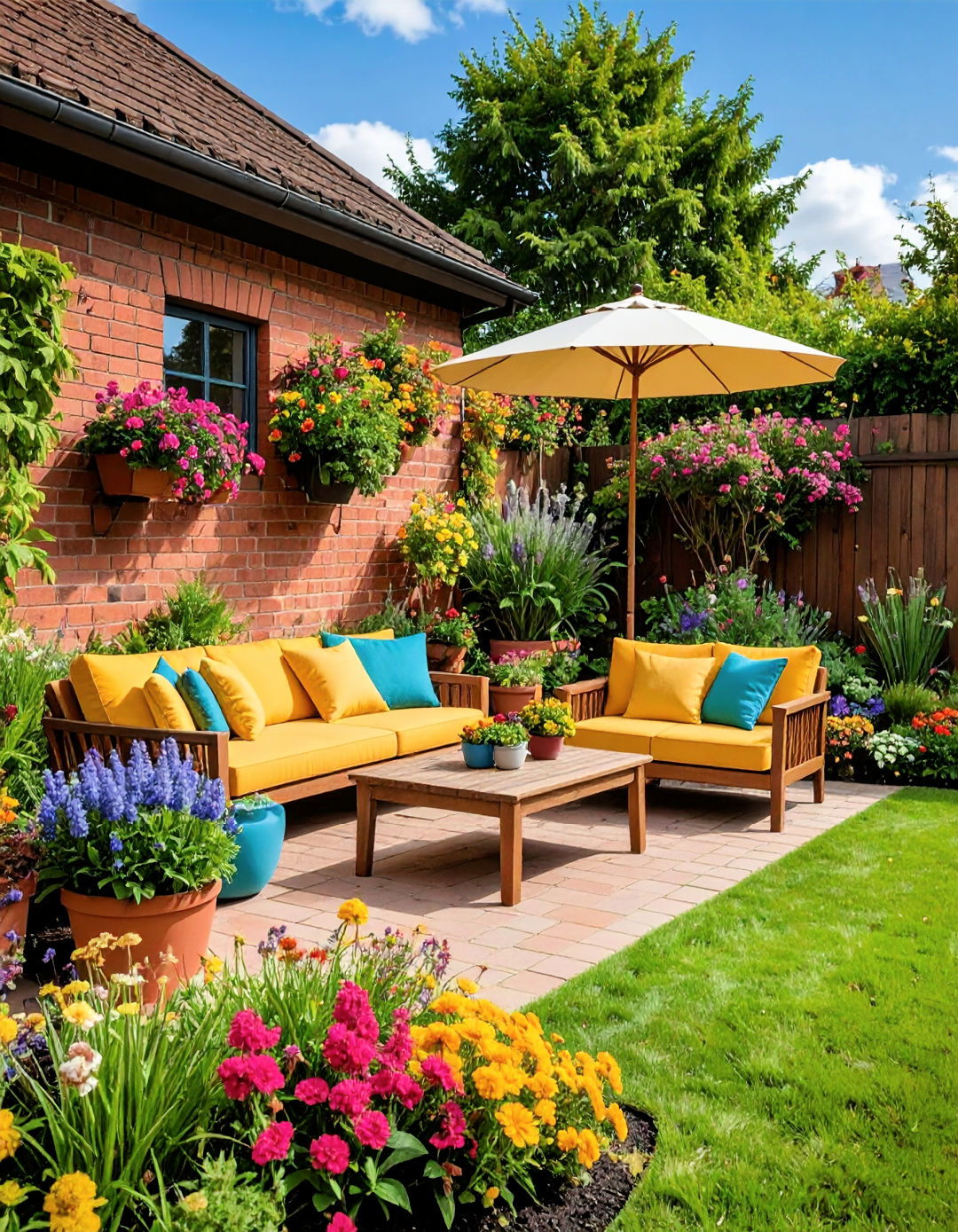

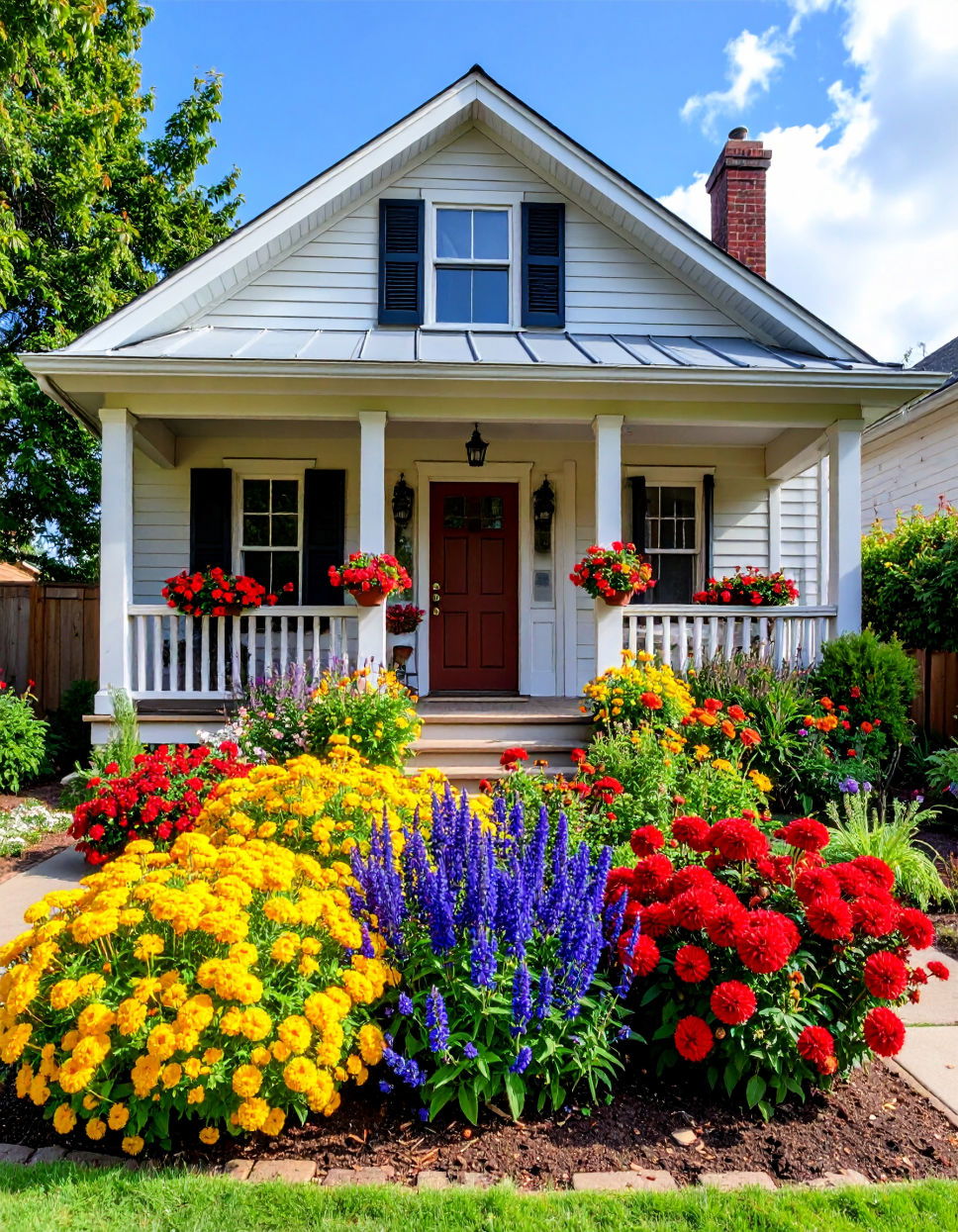
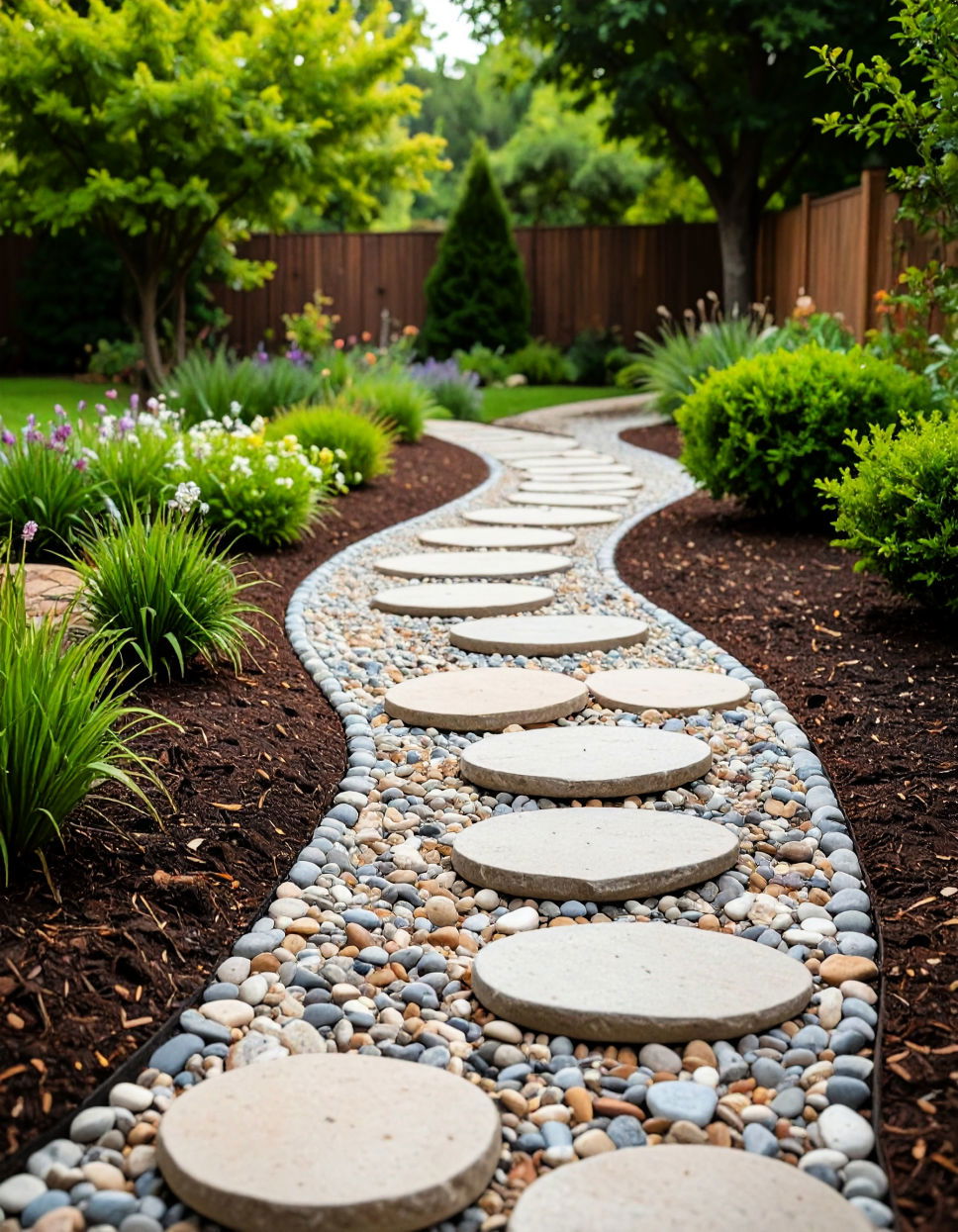
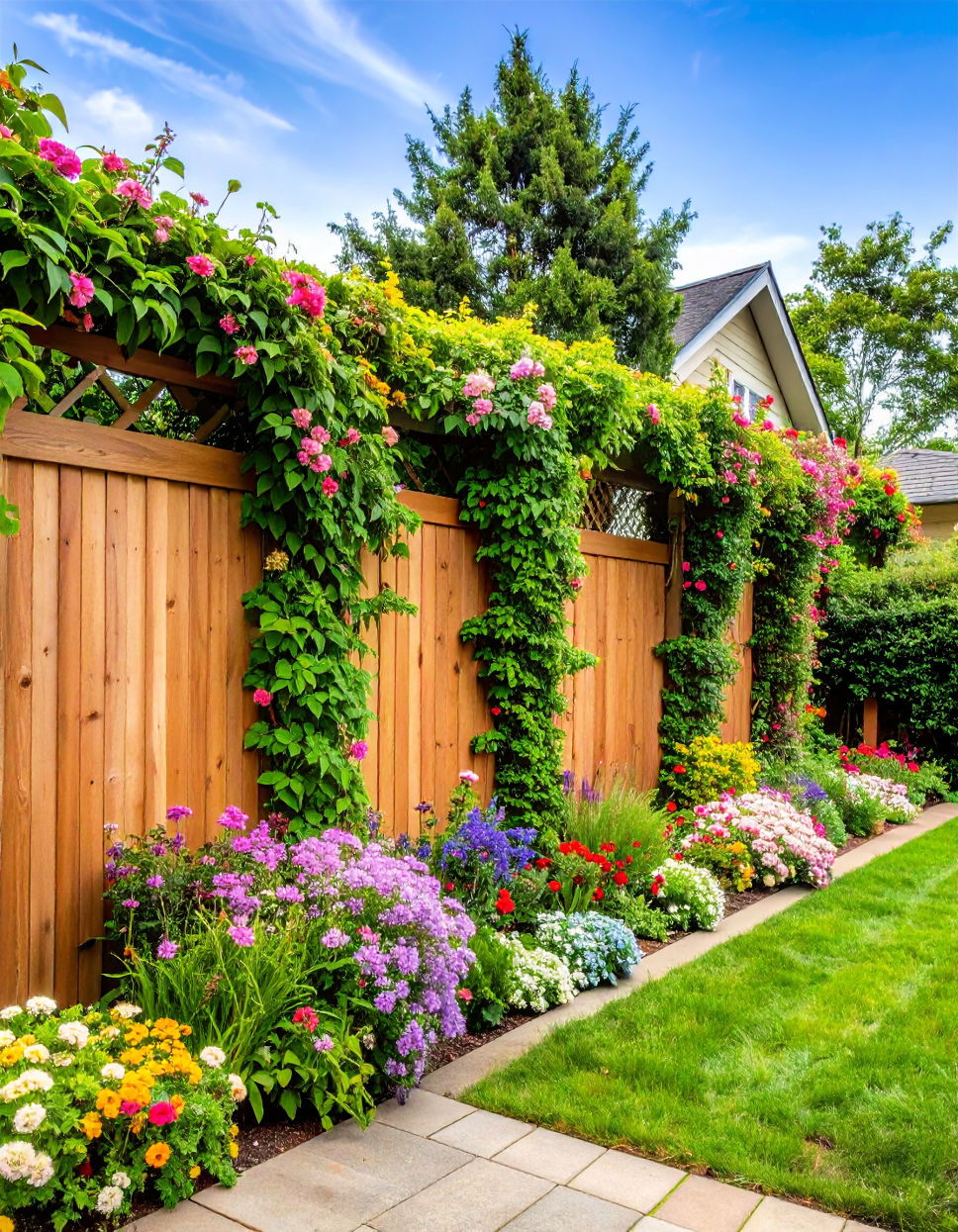
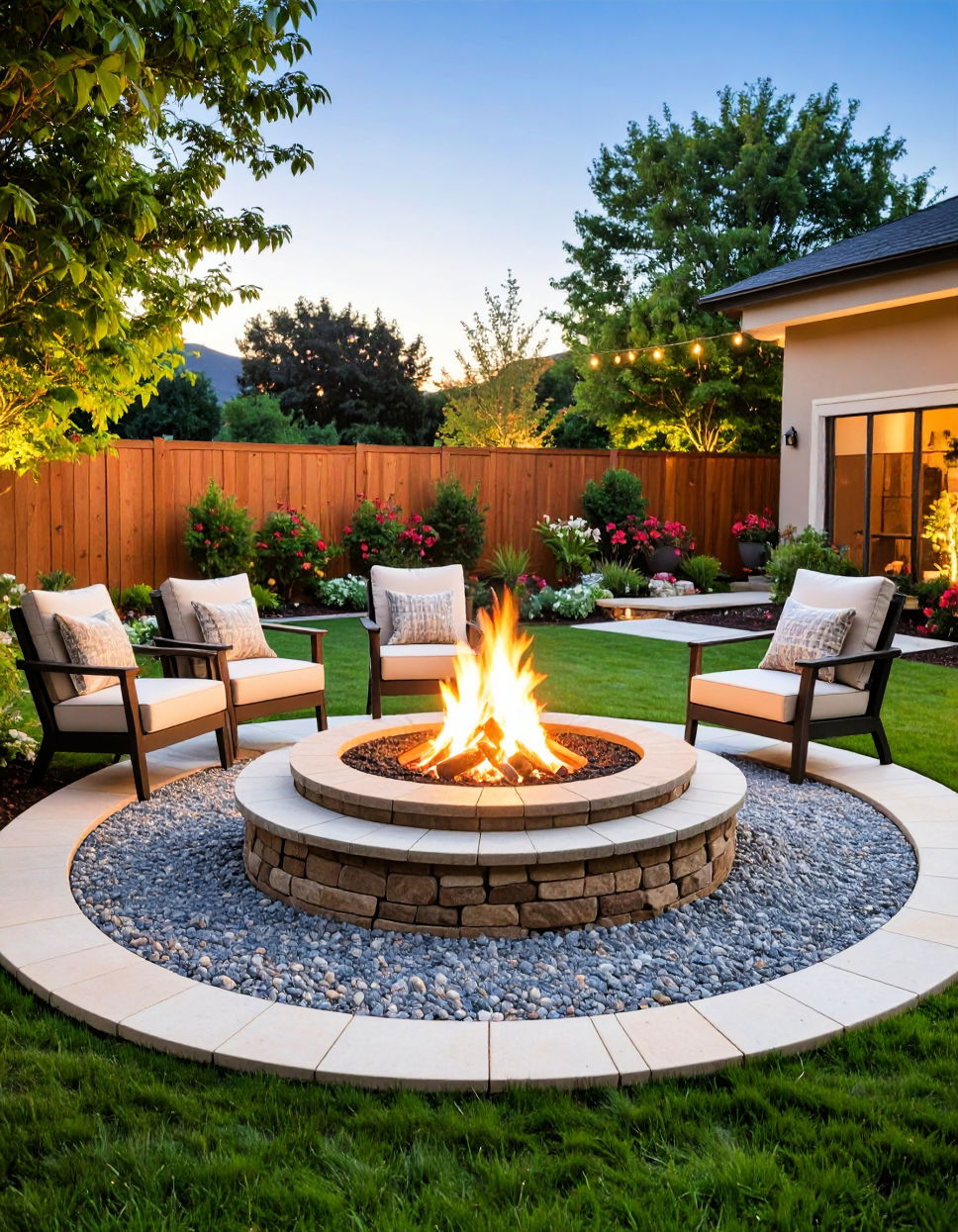

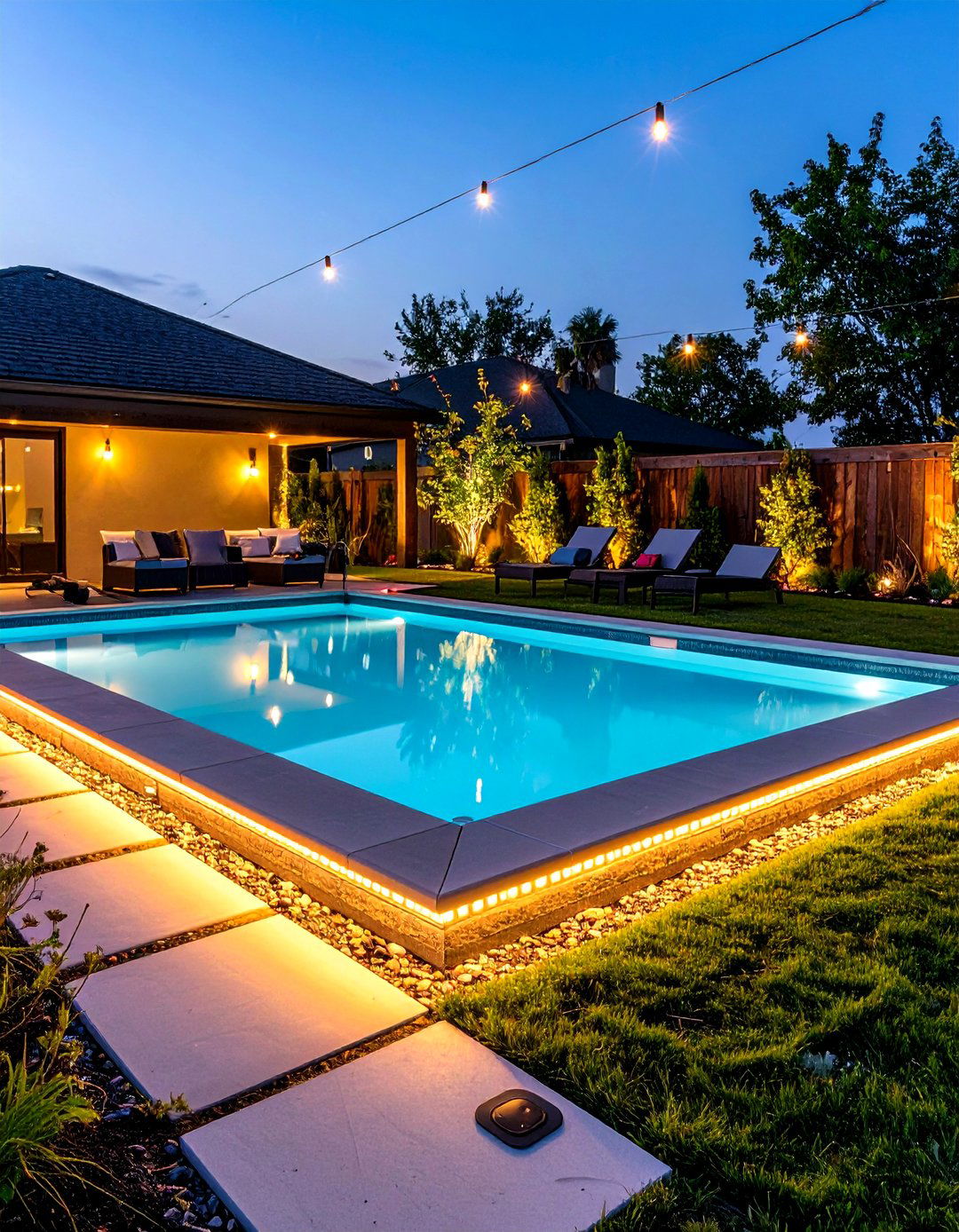
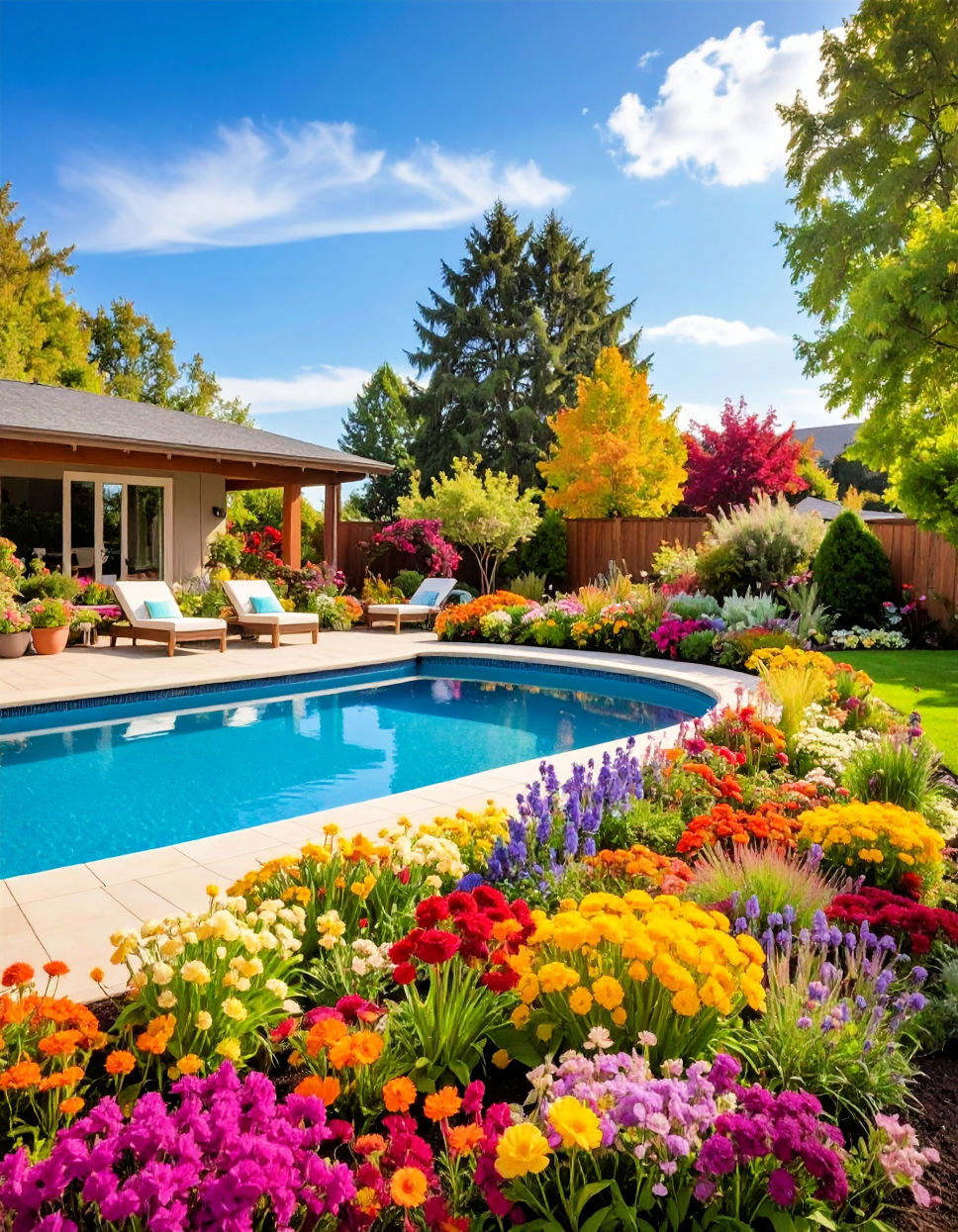
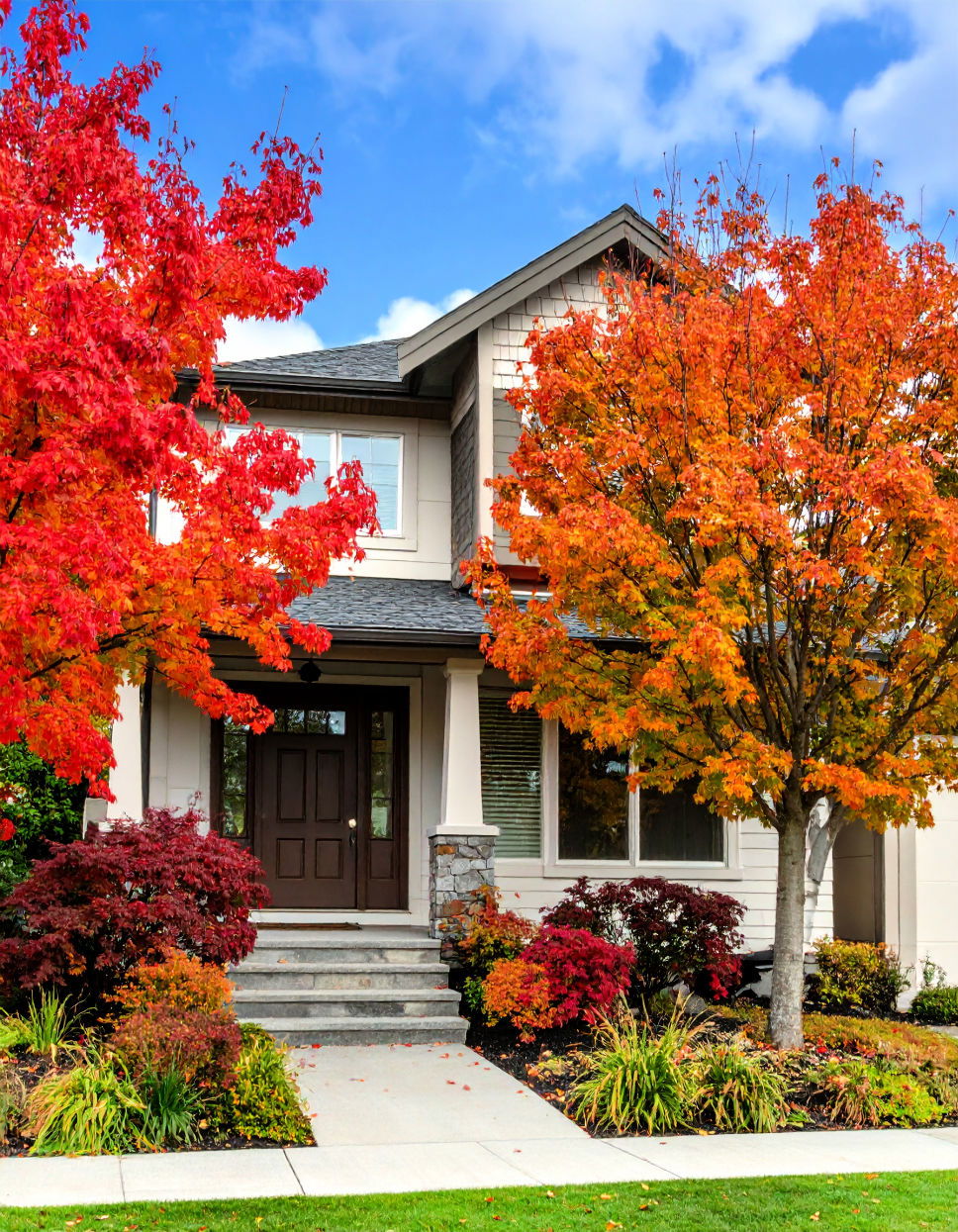
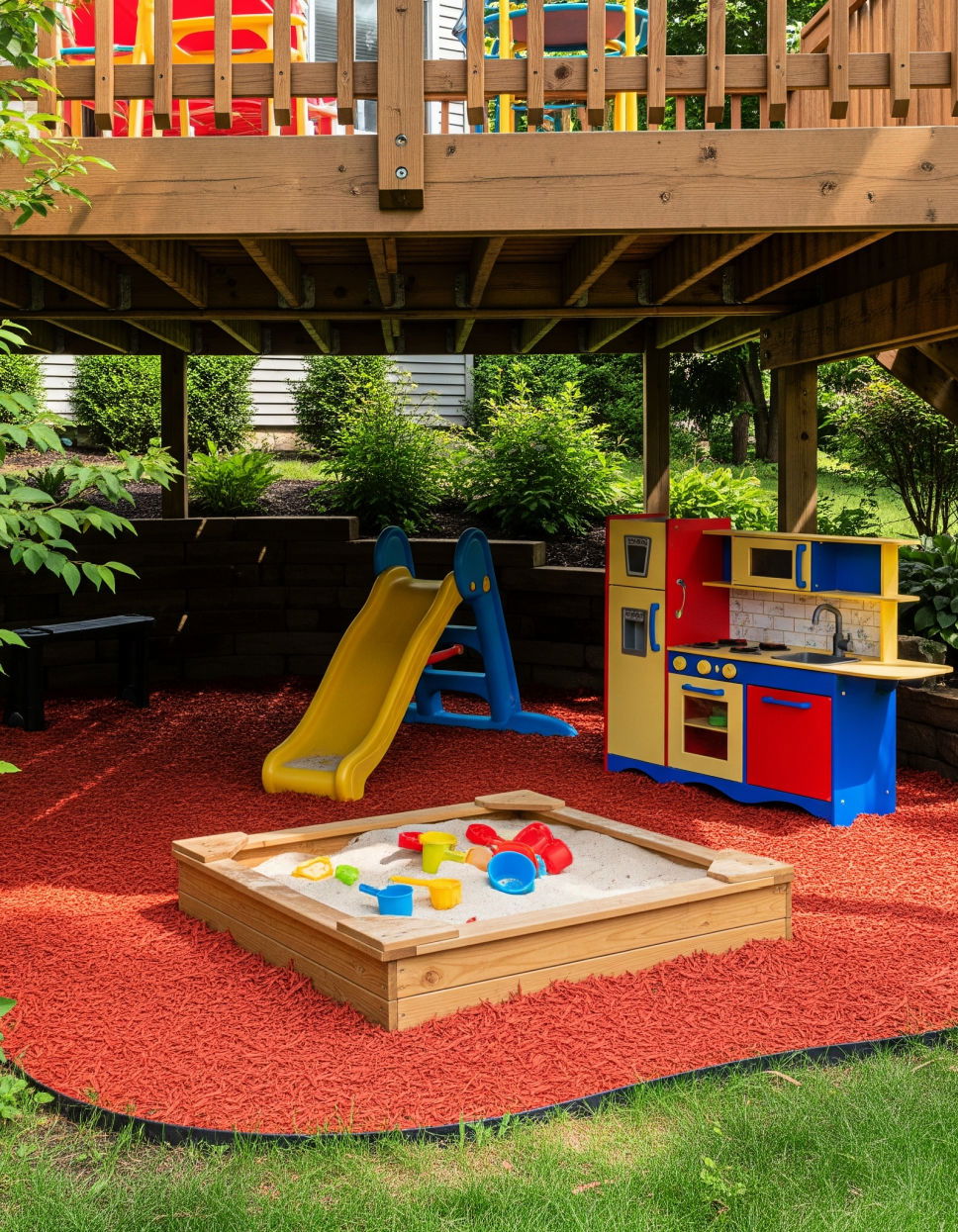
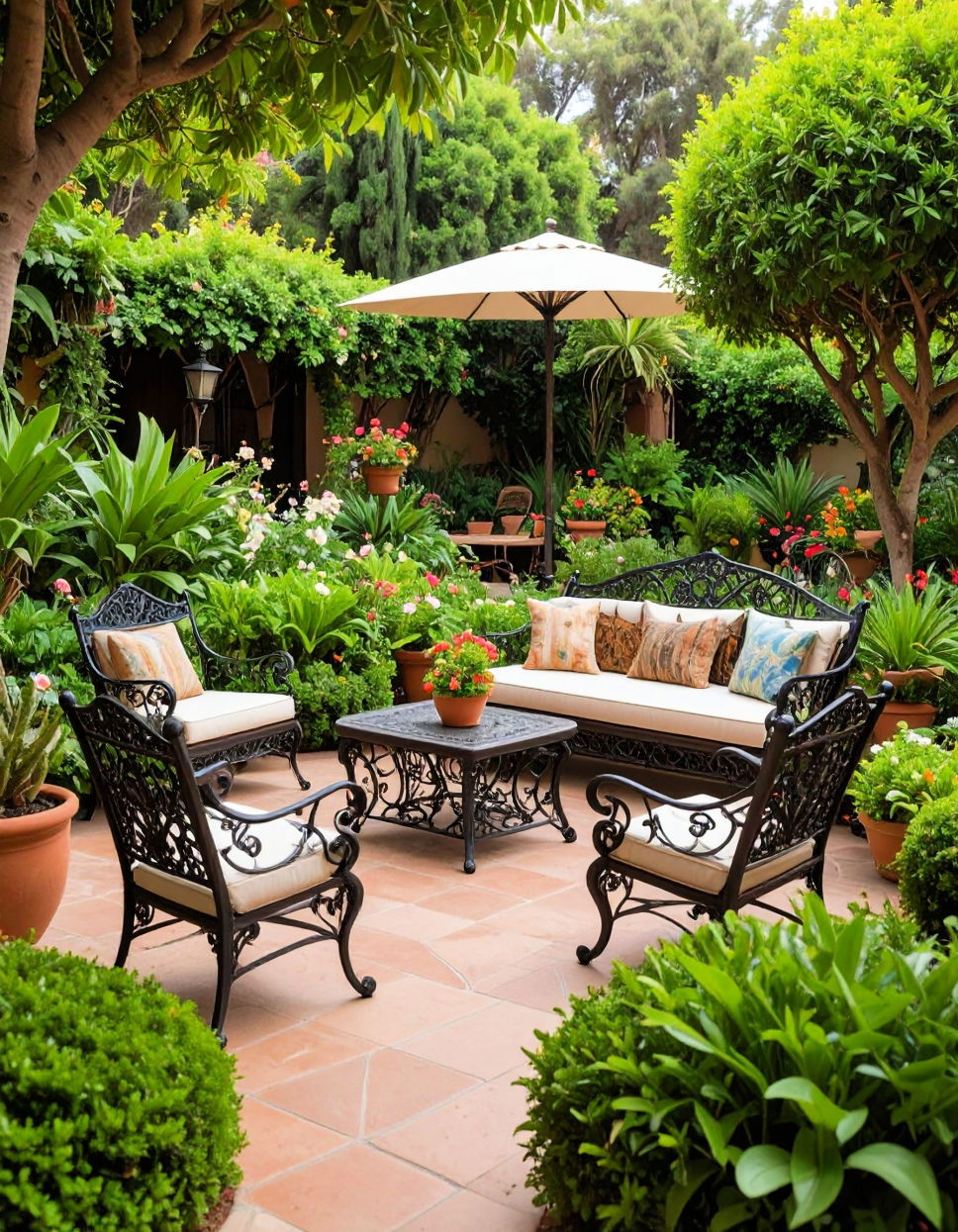
Leave a Reply